Mean-Looking, Ground-Shredding, & Long-Lasting Tires: The Great Debate If you want to lose friends and start arguments on social medi...
Mean-Looking, Ground-Shredding, & Long-Lasting
Tires: The Great Debate
If you want to lose friends and start arguments on social media the quickest way to do it is to ask: “What tires should I run on my motorcycle?” A close second would be asking about engine oil.
The verbal bloodbath that inevitably will follow can cause even internet debate champions to recoil in disgust, turn off notifications for the forum in the interest of self-preservation and in some extreme cases lead to a self-imposed vacation from social media. It doesn’t have to be this way.
In reality, the market is loaded with many excellent options and often the “best” choice for tires can hinge on subjective details.
- Weight of the motorcycle, rider, and luggage
- Ratio of asphalt to rocky or muddy off-road use
- Engine horsepower and rider throttle control habits
- Rider tolerance for “wiggle” or degree of traction
Regardless I’m Wading In
This review is one I really enjoyed doing because I’d heard plenty of good things about the life expectancy and performance of these Australian tires. Whenever I hear too many positive (or negative) reports about any product my curiosity peaks and I yearn to get the real story.
Given the ultra harsh conditions of riding “Down Under” I expected nothing short of perfection running them here in our North American riding conditions.
They really came through and lived up to the hype!
The Name
I like to know how to properly pronounce brand names. Something has been lost in translation with Motoz from what I can tell.
Photo from Motoz
I’ve heard many people call them “Moto-Zee” or “Mo-toes”, but I think it’s actually meant to be said “Moe-Taws” or perhaps “Mo-tOz” as in the nickname “Oz” given to AUS-tralia where the brand originates.
Yes, I’m THAT guy I’m afraid. A stickler for details.
Thank You!
I met Rick Atkinson the Managing Director for Motoz at AimExpo in 2018 and practically begged him to send me some of their tires to test out. With his help, I got in touch with Brian Cornelius from Pacific Powersports (the Motoz distributor in the US) then in turn Sébastien Cyr from Kimpex (the Motoz Canadian distributor) who sent me the tires. It took about a month because the incoming shipment from overseas hadn’t arrived yet.
Thank you all for working together to get them to me at no cost for this review.
Phew!! That was a lot of emails exchanged and effort put out by the Motoz people, but worth it.
Supply vs. Demand Issues
This illustrates the only real problem with these tires: supply. Imagine how this would have gone if I wasn’t getting help from insiders to source this set of rubber?
They’re only manufactured by one factory in Thailand but are shipped out from Australia which is literally on the other side of the world, so at times they’re harder to find here in North America than hen’s teeth.
Suppliers
Another obstacle is the fact companies like RevZilla and 2Wheel don’t carry Motoz tires for reasons I can’t fathom. None of the suppliers partnered with us at wBW at do so, but you can buy them through their smaller competitors.
Enough about all that. Now I’ll break down how I put these tires through a wBW-level torture chamber of testing.
Testing Conditions
The Motorcycle
I had these tires mounted on my 2019 KTM 790 Adventure. This is the standard model bike but it’s equipped with the Rally mode giving it very aggressive throttle response when activated. I tend to ride the bike in Rally mode even when I’m on asphalt but sometimes switch to Street.
Distance Travelled
The testing period spanned over 3800 kms (2300 miles) comprised of about 70% on-road and 30% off-road riding. I did the majority of these miles while traveling from Alberta, Canada south to Challis, Idaho where I participated in the Klim Cow Tagz Rally 2019.
I also tacked on a 2.5 hr ride to Rigby, Idaho to tour the Klim HQ since I was within striking distance. That’s A LOT of highway riding.
You’re Doing It Wrong, Jim
This is quite humorous because the Tractionator Adventure tires are rated the opposite of that (30% on-road vs. 70% off-road). In effect the testing I did is the equivalent of asking a square peg to fit in a round hole, so bear that in mind as you read and you’ll see why I’m so impressed.
Temperature & Ground Conditions Encountered
Temperatures ranged from a low of 2 degrees Celsius (35F) to a high of 36 Celsius (96F).
I encountered plenty of cold and rainy conditions in the mountains of Montana on the Going To The Sun Road and Highway 93 in Idaho. Highway 93 in particular at the Montana/Idaho border provided excellent opportunities to lean hard into the sharp switchback curves around the Lost Trail Pass.
You can watch video footage of some of the trip down to Challis in the video below.
I tested these off-road through sand, mud, dirt, gravel, and larger rock-strewn trails in addition to plenty of blacktop asphalt at speeds averaging 80 to 100mph for several hours on the I15 Highway in Montana on my way home from Idaho.
Yeah, I admit it… I might have been trying just a little bit to destroy these tires.
Cargo
The majority of the testing involved carrying me (180lb rider + full riding gear) and 45lbs of gear on the back divided into two pieces of luggage seen in the photo above. The rear one is an SW Motech tour pack.
Off-road I carried the essential tools and supplies in a Nelson Rigg pack weighing 25lbs.
Tire Air Pressure
At no time during testing did I adjust my tire pressure. I ran at the factory recommended setting for on-road and off-road.
About The Tractionator Adventure
On Motoz’s website, I found great information about the tires as you’ll see in the photo below.
If you look at the top and bottom lines of this list you’ll see a tread depth measurement at center for the 90/90-21 front and 150/70-18 rear tires I was sent. 12mm front and 15mm tall for the rear are HUGE lugs and a bold claim by Motoz.
I measured the tires sent to me and came up about one and a half millimeters short at 10.73 front and 12.53mm rear. It’s possible I was off a little bit with my measurements, but I suspected the truth was the lugs aren’t always uniformly manufactured. Not a big deal really as these are still very large knobbies to work with.
I apologize for the fuzzy before photos below. They’re clear enough to read the measurement but could be better.
**Note: The angle I’m holding the measuring calipers at for the before photos aren’t at 90 degrees to the tire because they’re posed in an attempt to get a clearer image of the display readout. When I was measuring initial tread depth I did it several times to ensure I got it right.
Measurement of tread depth on the rear tire.
Measurement of the front tire tread depth.
How Much Wear?
After punishing these off road-biased tires with so much on-road riding for almost a week I arrived home and excitedly measured the tread blocks to see how much rubber was left. Here are the results:
- Rear tire average tread depth measurement when I got home: 9.83mm
I measured in four different places and then averaged the depth out to find I’d only lost about 2.7mm of tread. Wow!
Based on that it’s wearing off approximately 0.72 millimeters of tread every 621 miles (1000kms). If that trend continues this rear tire should last until roughly the 10,000 mile mark (16,000kms) if my math is correct.
I realize almost no one wears their adventure tire down to 1mm of tread before replacing them. Perhaps a more realistic estimate for longevity would be 7000 or 8000 miles? Either way it’s still
The Front Tire Results
I measured an average of 10.55mm on the front.
You read that correctly. I only lost 0.18 millimeters off the front tire in 2300 miles. Basically I wore off the rubber hairs and that’s it. That means the front tire is losing 0.047 millimeters every 621 miles and COULD mean this tire could last a mind-blowing 12,000 miles (20,000 kms).
Again, realistically no one runs adventure tires down completely so I would knock a few thousand miles off it at least. I would likely replace front and rear tires together at the 7000 or 8000-mile mark realistically based on what I see here.
What If… I Messed Up?
Due to my obsessive nature and desire to get the straight goods on any review I had to find out whether I made a mistake with my measurements of the tire.
I sent a Facebook message to Motoz Australia asking them to provide me with photos showing measurements of two new Tractionator Adventure tires. Here are the photos they sent clearly showing 12mm and 15mm lugs on new tires.
Front tire tread measurement from Motoz.
Rear tire measurement from Motoz
Seeing this made me seriously wonder whether I might have messed up.
Enter The Tread Depth Gauge
I’m a licensed diesel mechanic who moonlights as a motorcycle reviewer. I’ve rebuilt engines and made critical adjustments to many systems with tight tolerances in my career. As such, I’m confident in my ability to measure accurately using the right tool for the job. With this in mind I immediately ran out to get a purpose-built tread depth gauge like the one used by the Motoz rep in the photos.
I can’t go back in time and measure the initial tread depth, but I figured if there was a flaw in my technique using the calipers (or any issue with their accuracy) I would get a different measurement on the bike now.
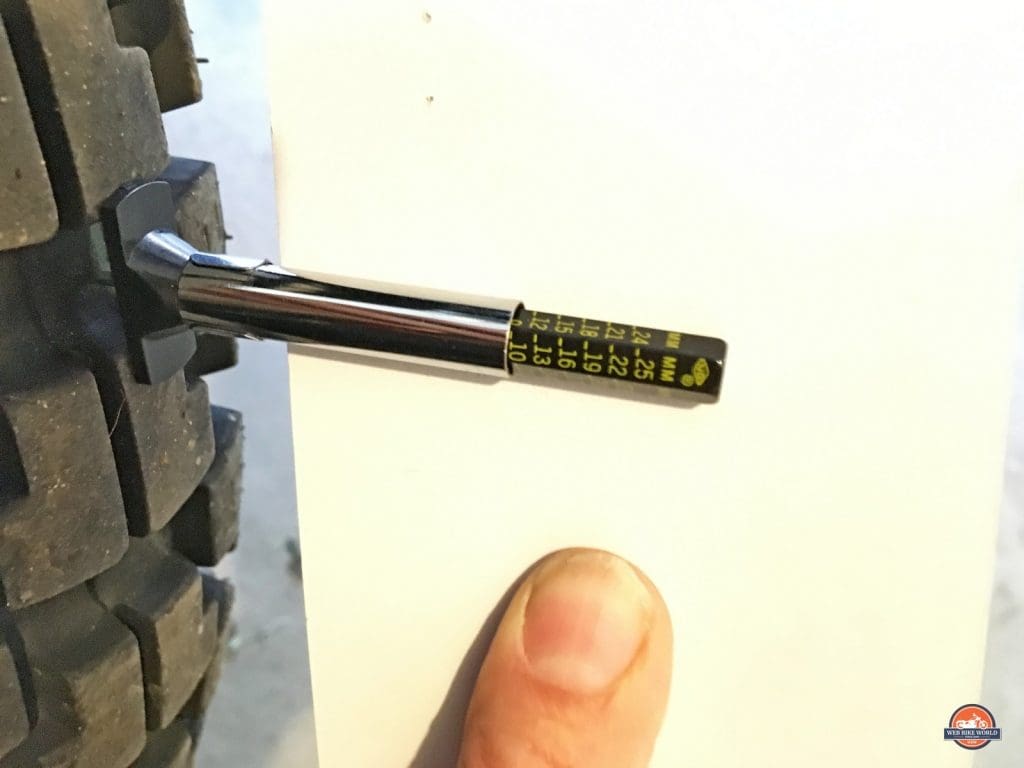 The front tire showing a measurement of just over 10mm.
The front tire showing a measurement of just over 10mm.
The rear tire showing a measurement between 9 and 10mm.
As you can see this tread depth gauge appears to back up what I found using the calipers. The calipers are more fine in their ability to measure down to hundredths of a millimeter unlike this new depth gauge used.
It’s registering about halfway past the 9mm mark on the rear tire which jives with my 9.83mm average.
The new front tire measurement appears to be only slightly above 10mm or perhaps bang on. So I may have been 0.55mm off with my front tire measurement after running the tire, but that won’t change the projected life expectancy very much in reality.
This leads me to believe that my before use measurements were fairly accurate and I didn’t start with 12 and 15mm respectively. Possibly it was 11 and 13mm though because I admit I’m only human.
Worst Case Scenario
Let’s assume for a moment I did measure completely wrong and the rear tire did begin with 15mm of tread depth and now has 9.83mm remaining. That means it wore down 5.17mm in 2300 miles (3700 kms), which is just over double what I calculated starting from 12.53 mm.
In this scenario the rear tire is wearing at a rate of 1.4 mm per 621 miles (1000 kms), meaning I should still get around 5000 to 6000 miles (8000 to 10,000 kms).
That’s still just as good or better longevity than most adventure tires on the market today. More on that later.
Would It Wear Faster Used More Off-Road?
Possibly, but these tires were built specifically for that application, so maybe not. “Off-road riding” is a very broad description and certain types of off-road terrain will kill tires faster than others as everyone knows.
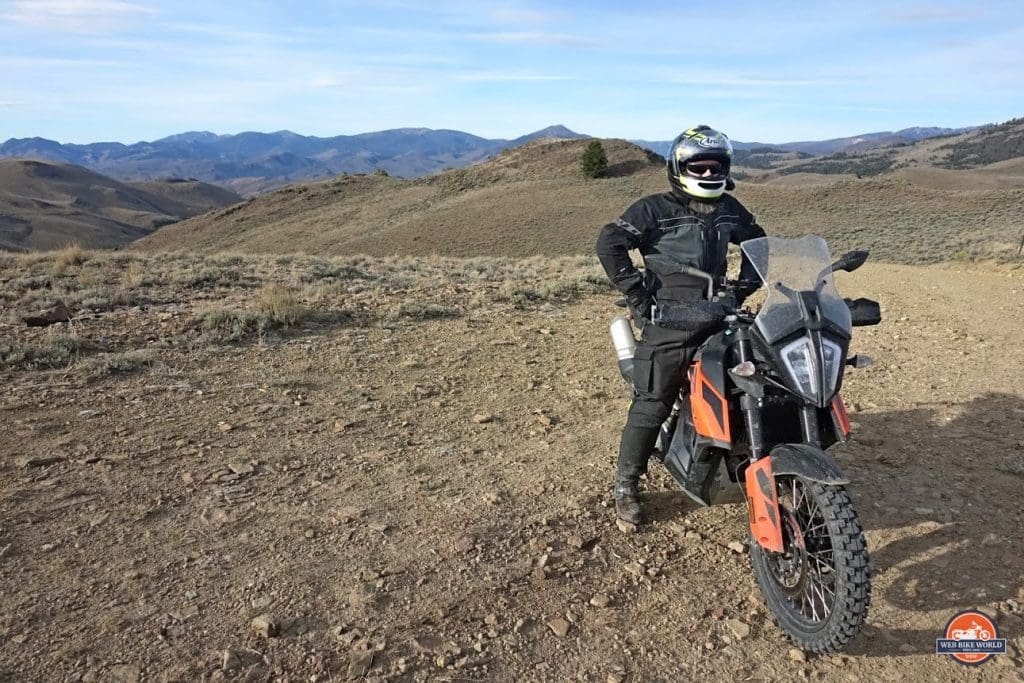
Had I spent more time riding in large sharp rocks I believe there would have been more damage to the lugs. I did legitimately log about 690 miles (1110kms) of asphalt with about 90% of that time spent on gravel and dirt. 10% of that riding went on in sections with larger, tire-shredding sharp rocks.
I enjoy drifting the rear end in the gravel, dirt, and other soft stuff too so don’t think for a minute I took it easy at any point during the off-road testing. Having said that, the 790 adventure standard isn’t the 790 adventure R model which is designed for more extreme off-road riding. I used this bike as KTM intended it to be. According to KTM, this is the most off-road capable, on-road motorcycle. I didn’t log any wild singletrack miles with it.
Conversely, KTM says the 790R model is the most on-road capable, off-road motorcycle.
The Grip
These tires found traction on everything I threw at them with the exception of two specific instances: sand and wet clay.
I had the front tire slip a couple of inches in a sharp turn on powdery sand in a switchback before it caught traction again. I believe just about any other tire would have left me laid out on the ground in this scenario. This was a thin layer of talcum powder spread out on top of hard-packed sand.
Very slippery indeed. Motoz makes other tires more suited to sandy conditions than this Adventure one. The other slip came in a puddle of clay where no tire could have held true. Not even this beauty did, but I didn’t go down. I just slid a little before regaining traction.
The rest of the time off-road that front tire was glued to the ground and filled me with confidence to ride as aggressively as necessary.
The rear tire never slipped in anything.
On-Road Grip
I was concerned a tire so heavily off-road biased would be snakey on asphalt, especially when wet.
Nope. They were rock solid even right from new. After realizing this I gained enough confidence in them to lean into turns at higher speeds just as hard as I do with any other tire.
The Competition
I have quite a bit of experience riding on two other comparable Adventure tires that are consistently rated very highly by riders the world over.
I rode an Africa Twin outfitted with Mitas E09 and E10 tires from Dawson City, Yukon up the Dempster Highway in June 2018.
Those tires had impressive grip on gravel and dirt, but when they were new they were all over the place on asphalt. Especially scary are these 20% on road 80% off-road tires on wet asphalt. Even DRY asphalt was no better until they had a couple of hundred miles on them.
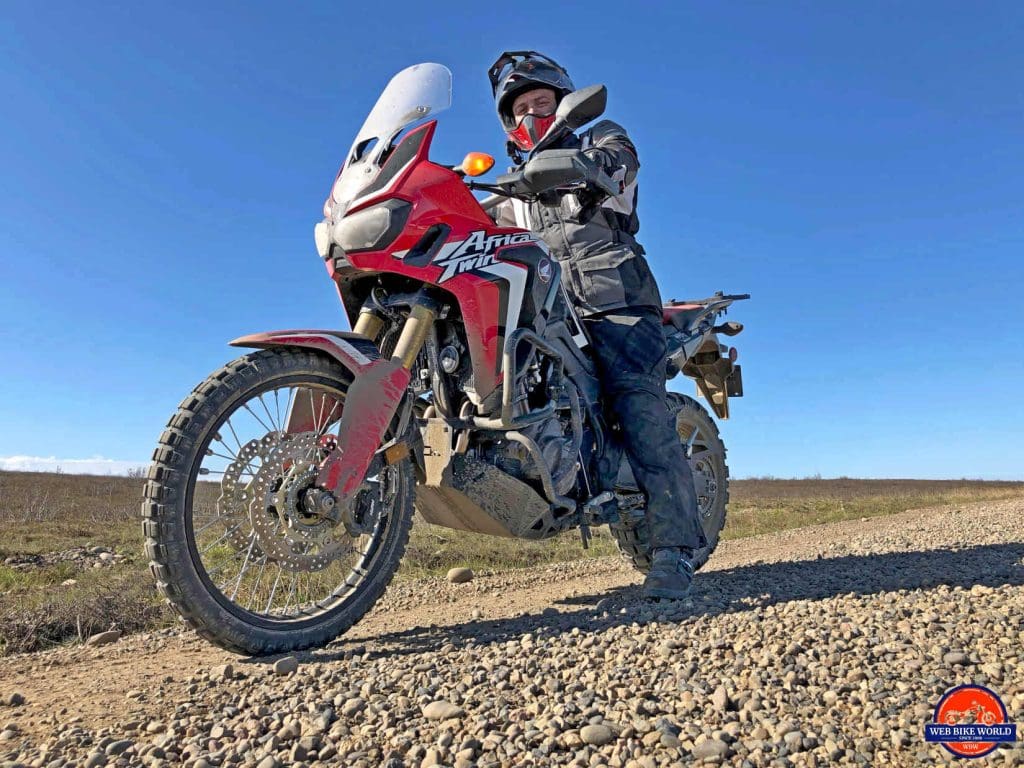
Those Mitas tires lasted close to 5000 miles before needing to be replaced and I would rate them good overall, but they come up short compared to these Motoz ones.
The E09 front in a 90/90-21 size costs about $90 USD. The rear E10 in a 150/70-18 costs $163 USD which is considerably less expensive than the Motoz ones.
Continental TwinDuro TKC80
This is the heavyweight champion of Adventure tires. The legendary Continental Twinduro TKC 80 rated 40% on-road 60% off-road and is the most popular choice for serious riders because of the excellent traction and handling.
I can’t disagree with that assessment of the TKC80, it’s a brilliant tire that’s priced lower than these Motoz ones while providing the same degree of traction.
- Front: $86 for KTM 790 Adventure 90/90-21 tubeless
- Rear: $178 for KTM 790 Adventure 150/70-18 tubeless
Having said that, TKC80 tires wear out FAST. Many riders only get 3000 miles (4800kms) out of them. The front tires especially are prone to cupping and wearing very unevenly.
The other gripe I have is how noisy they are on asphalt and the vibration caused by the large lugs transmitted to the rider via the handlebars.
After spending just 2300 miles on the Motoz rubber, I’ll take them any day over the TKC80.
Motoz Tire Noise
The Motoz TA tires do make a fair bit of noise too. Not as loud as the TKC80 tires, but there’s a high-pitched whine present on asphalt that reminds me of an old air raid siren call. I wonder if this will get worse as the tires get older. This video will illustrate what I’m talking about.
It’s impressive that tires with such aggressive treads like these don’t cause any vibration in the bike. Even after about 2300 miles (3700 kms) the lugs on the tires are still as flexible as they were when new.
Heavier Steering
The front Motoz Tractionator Adventure isn’t popular with some people because of the effect it has on steering.
The higher profile combined with large lugs on the sides of the tire seems to grab asphalt in such a way as to make the steering feel heavier than most other tires I’ve ridden. I did notice this when taking turns in the beginning and wondered if I would be able to get used to it.
After a while, it didn’t bother me at all to my relief, but it’s something to prepare yourself for before taking off on your bike after getting these tires installed.
Final Thoughts
Motoz has created a fantastic product for adventure bikes in these tires. I’m pleased to find the rumors weren’t untrue or overblown. One of the three 1200GS riders I met in Idaho at the Klim Cow Tagz Rally bought a set after watching me running around on them for two days.
I can’t recommend them enough at this point in time. I’m tempted to give them a 5/5 score, but would rather wait and see how much they change as they near the end of their serviceable life first.
It blows my mind how good they are on the road, re: traction and longevity. I honestly would have thought they’d be more like the Mitas tires I experienced before, but they’re not.
Good job Motoz! I’ll keep running these tires a good while longer and update this review with any new findings.
Pros
- Excellent traction on just about any surface
- Slow wearing, long-lasting tread
- Overachieves on asphalt for a 30% on-road rated tire
- Self-sharpening knobbies
- No vibration
- No slippage on asphalt even when brand new
Cons
- More expensive compared to many other brands
- Front tire steers a little heavier than others
- Limited supply in North America
Specs
- Manufacturer: Motoz Tires
- Find a Dealer: USA
- Buy: Klimpex (Canada)
- Price when tested: $107 and $202
- Made in: Thailand
- Sizes: Multiple sizes in Tube (TB) or Tubeless (TL)
- Safety Designations: DOT
- Review Date: October 11, 2019
Motoz Tractionator Adventure Tires Image Gallery
The post Motoz Tractionator Adventure Tires: Traction & Longevity appeared first on webBikeWorld.
from webBikeWorld https://ift.tt/2NqjeyS





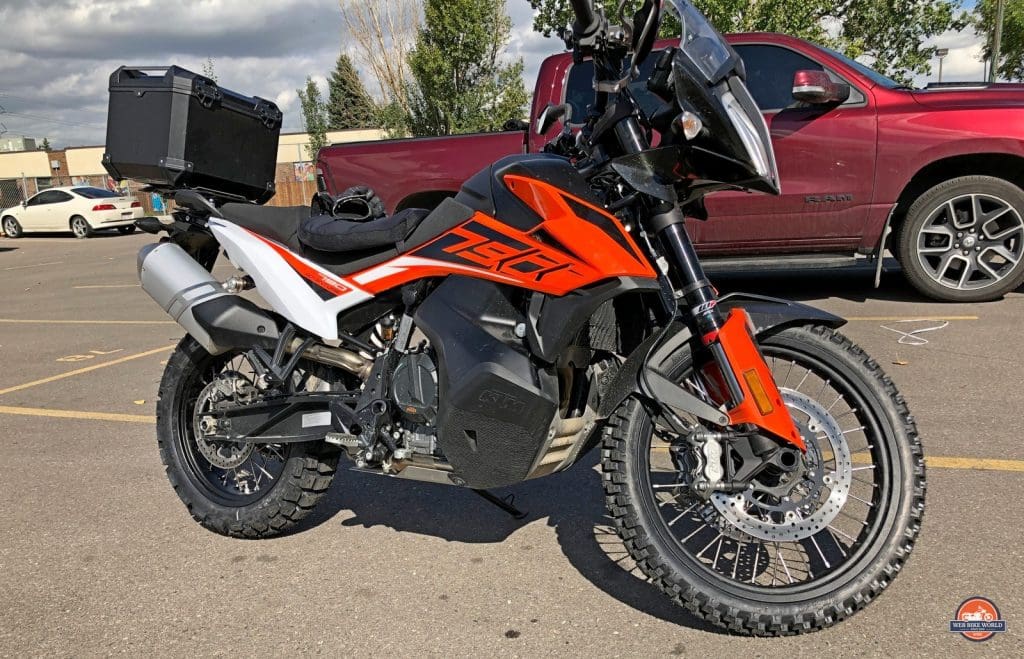

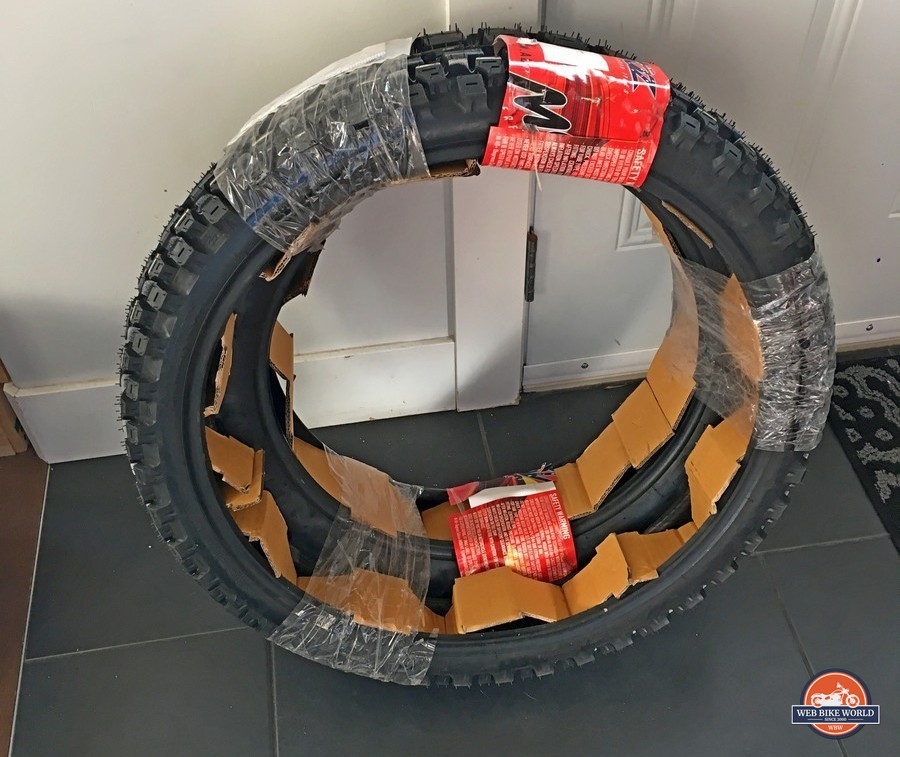
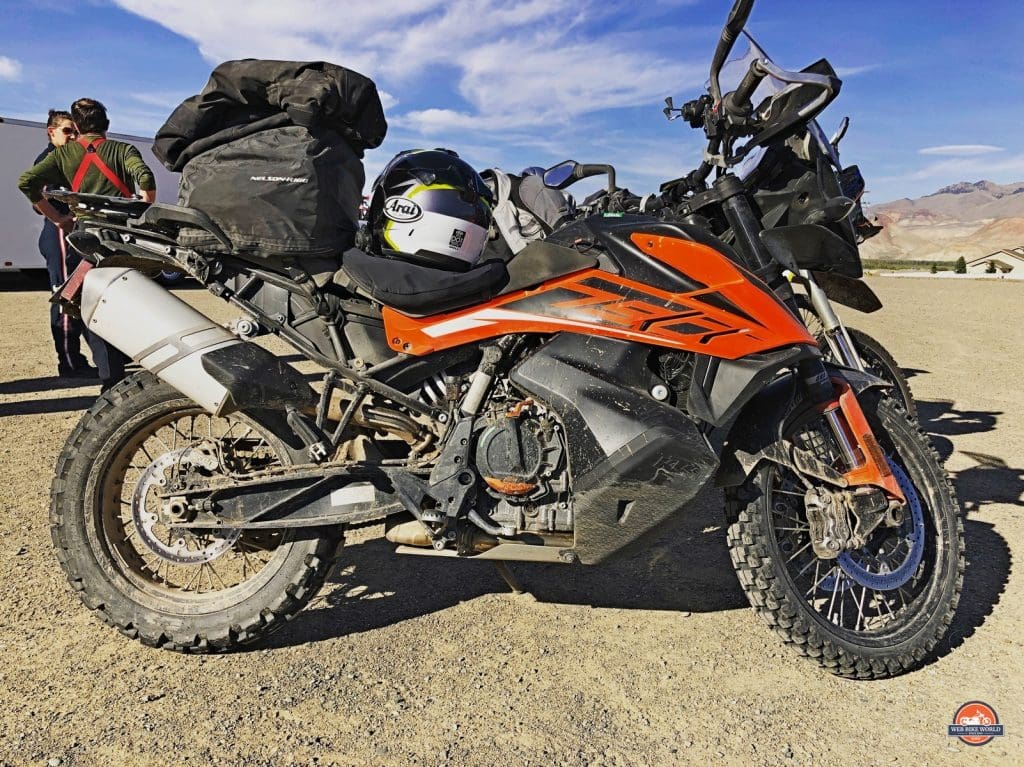
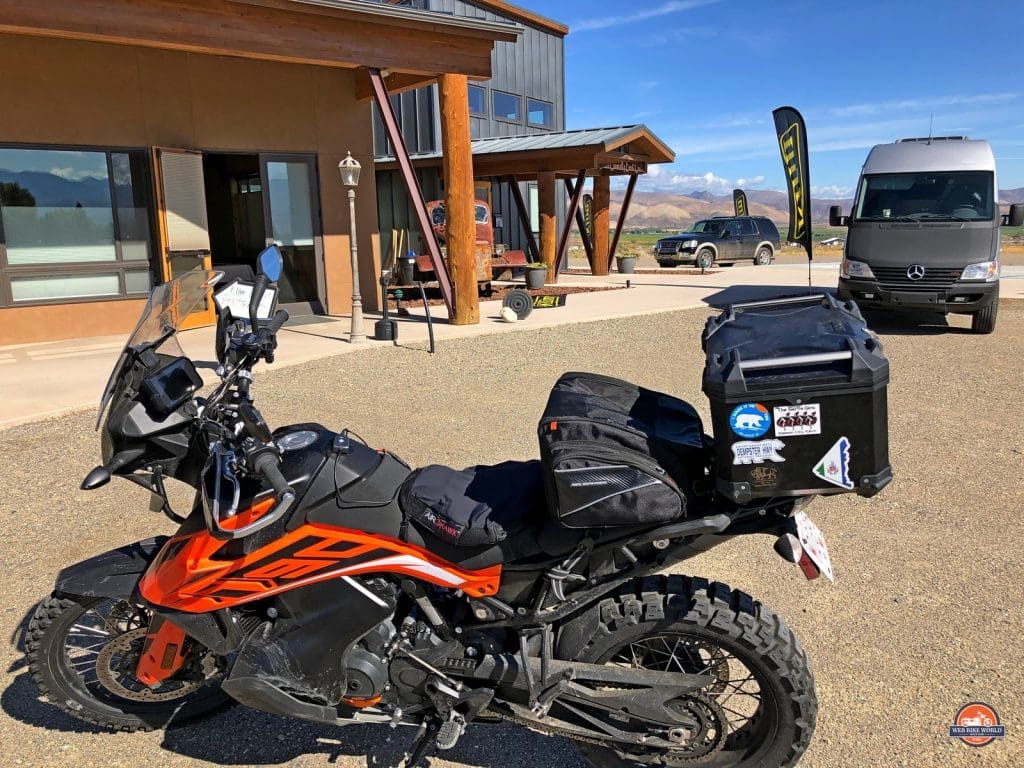
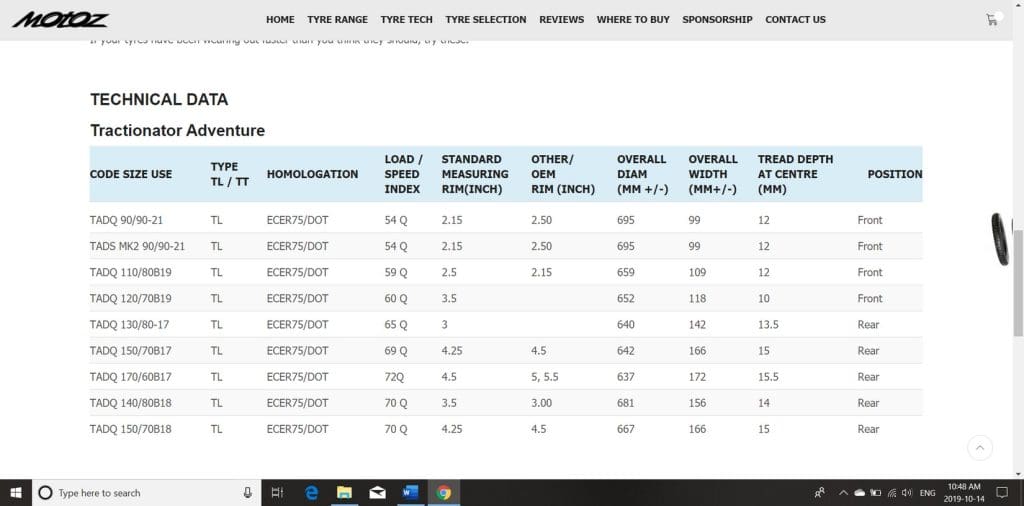
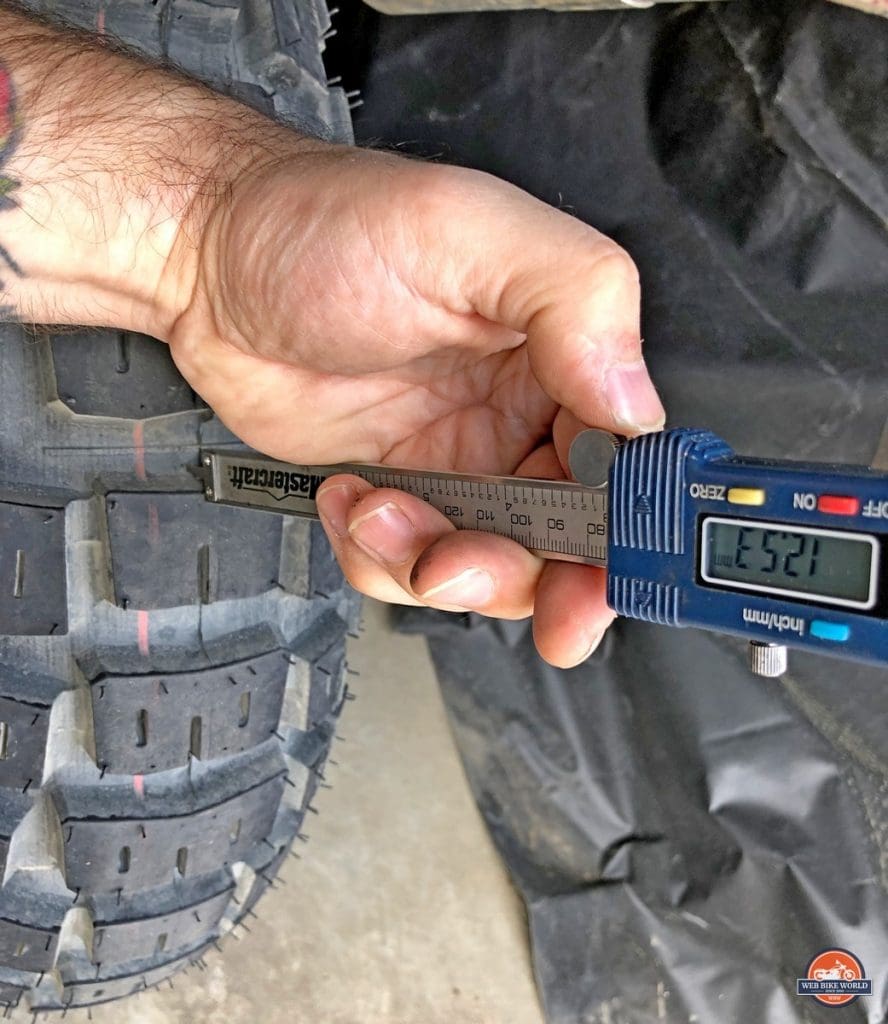
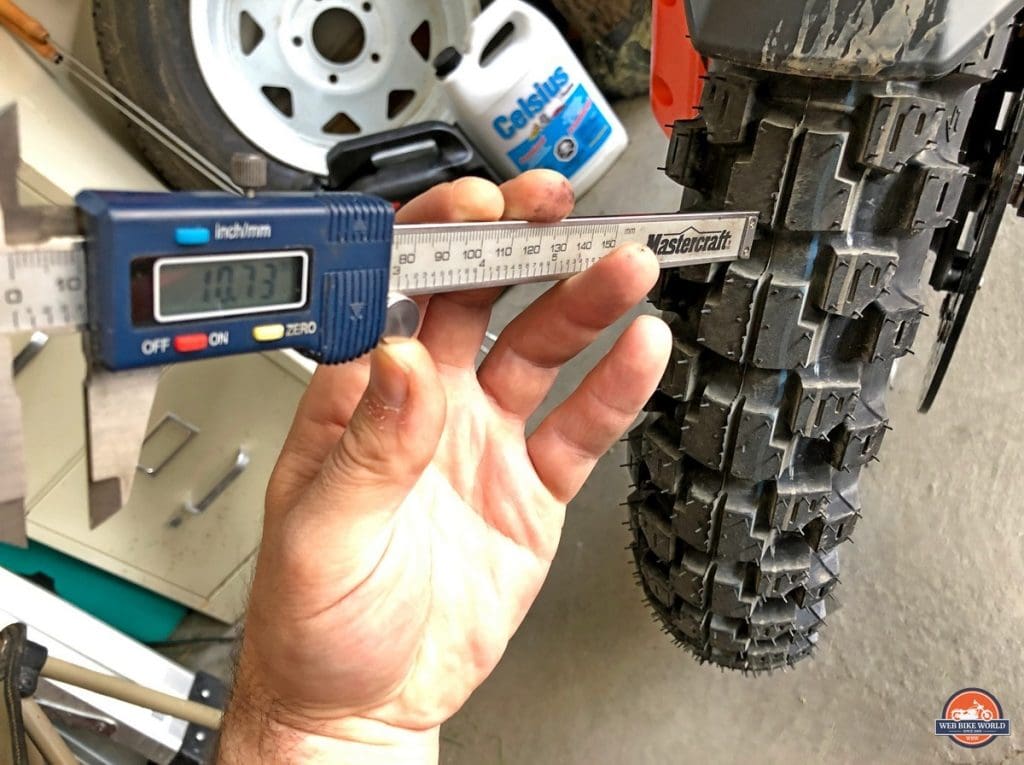
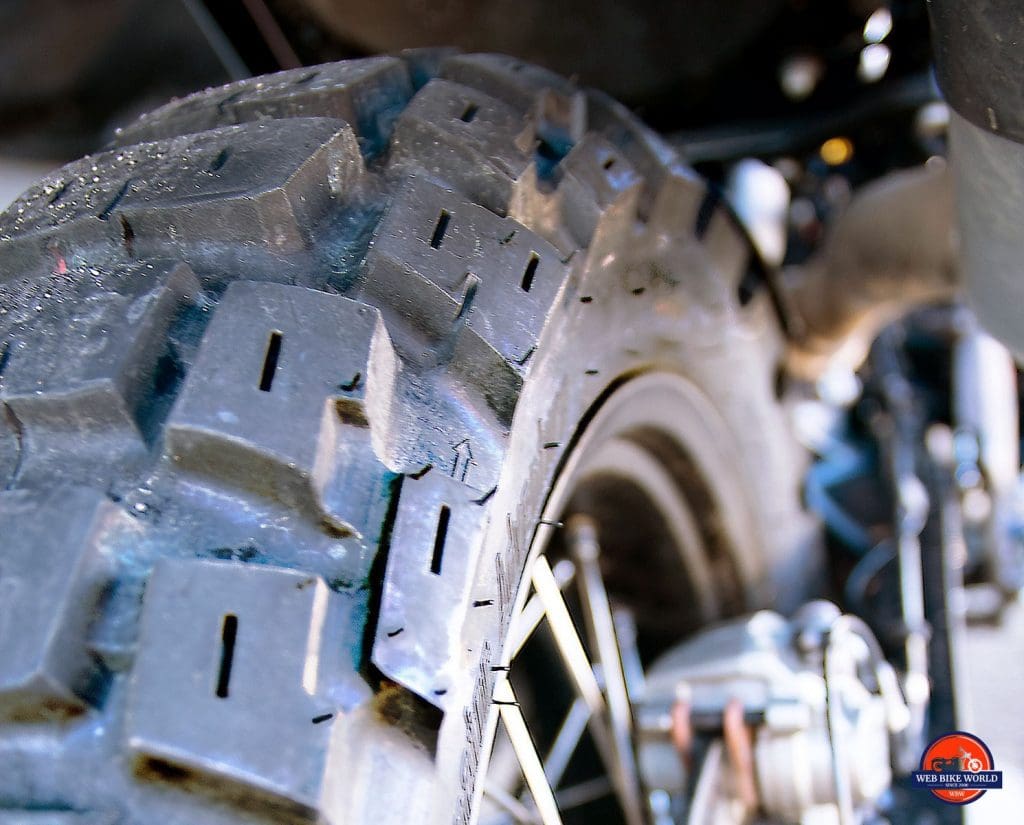
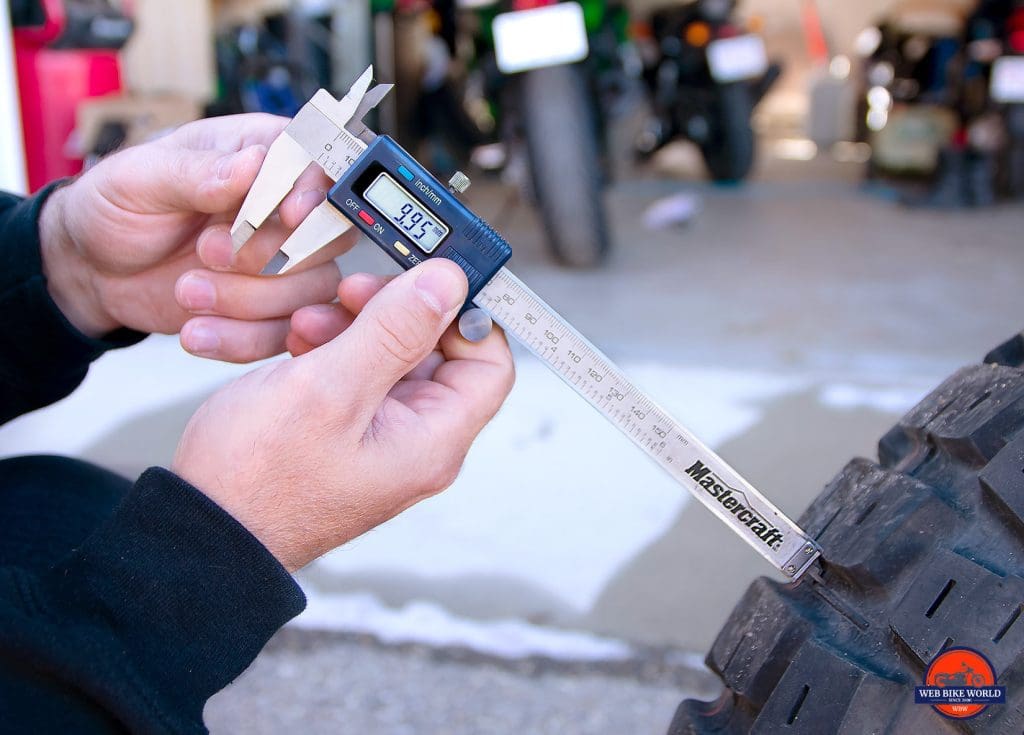
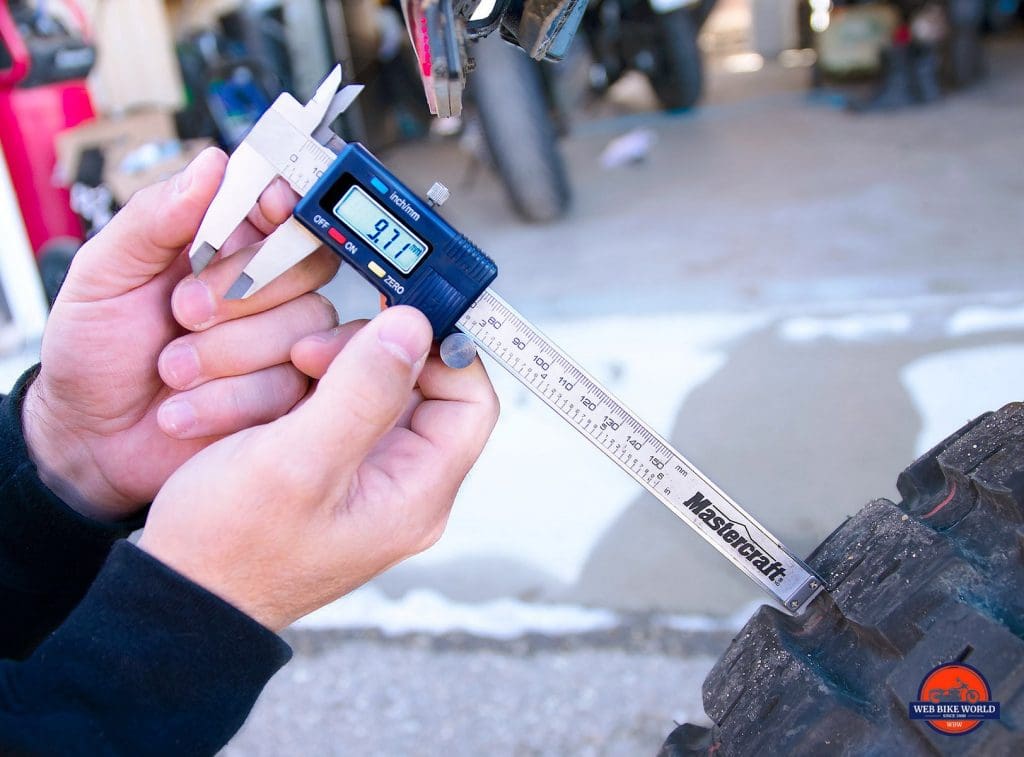
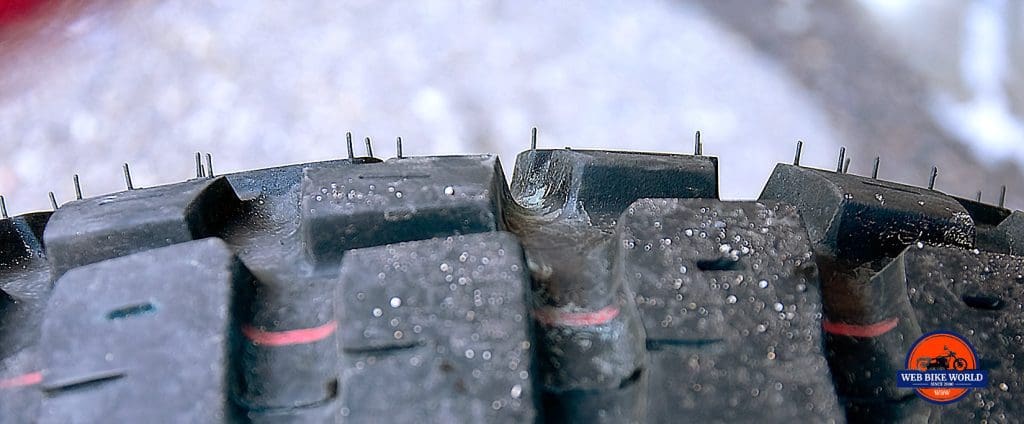
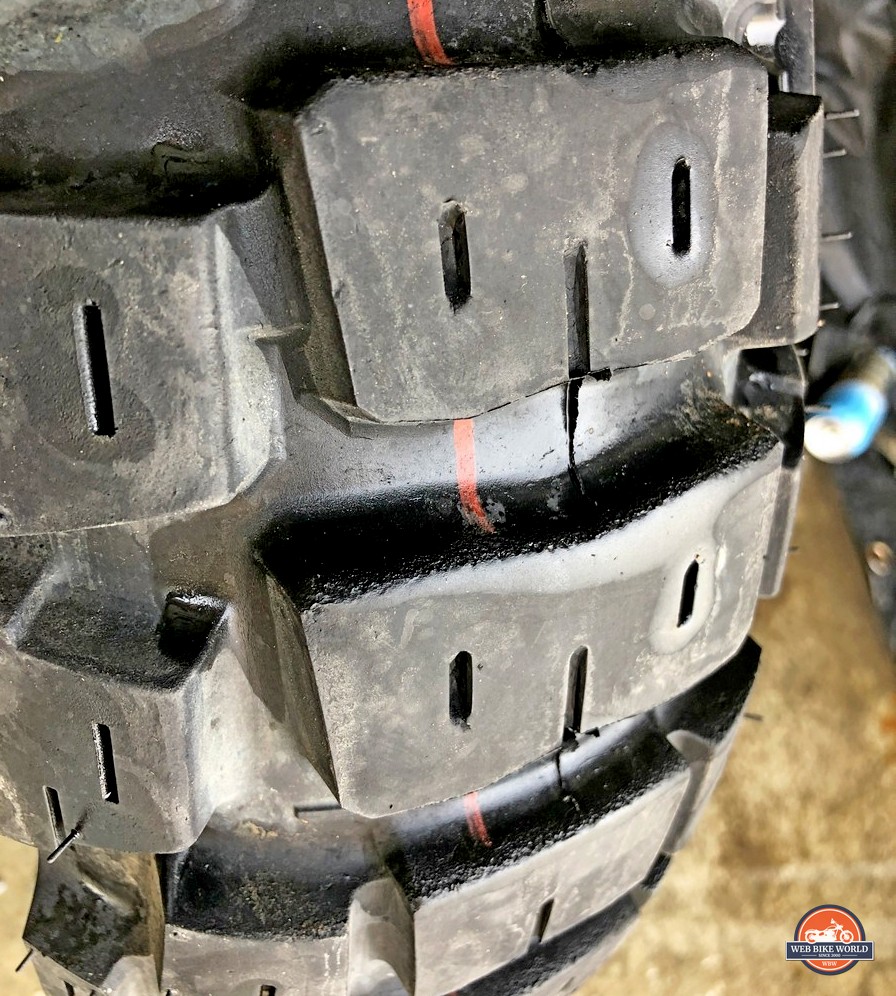
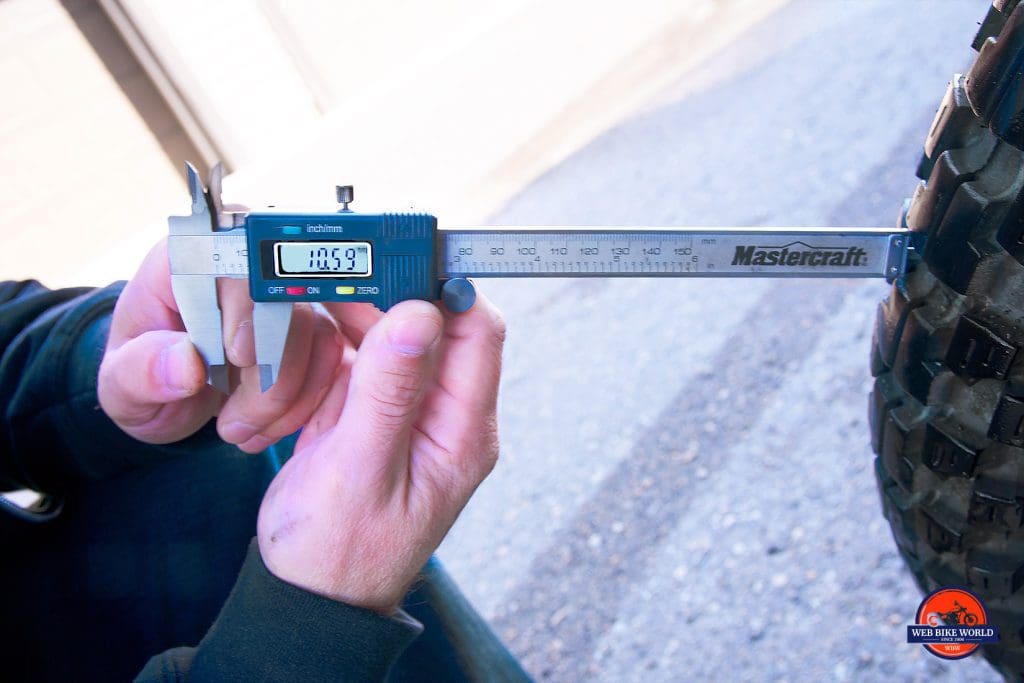
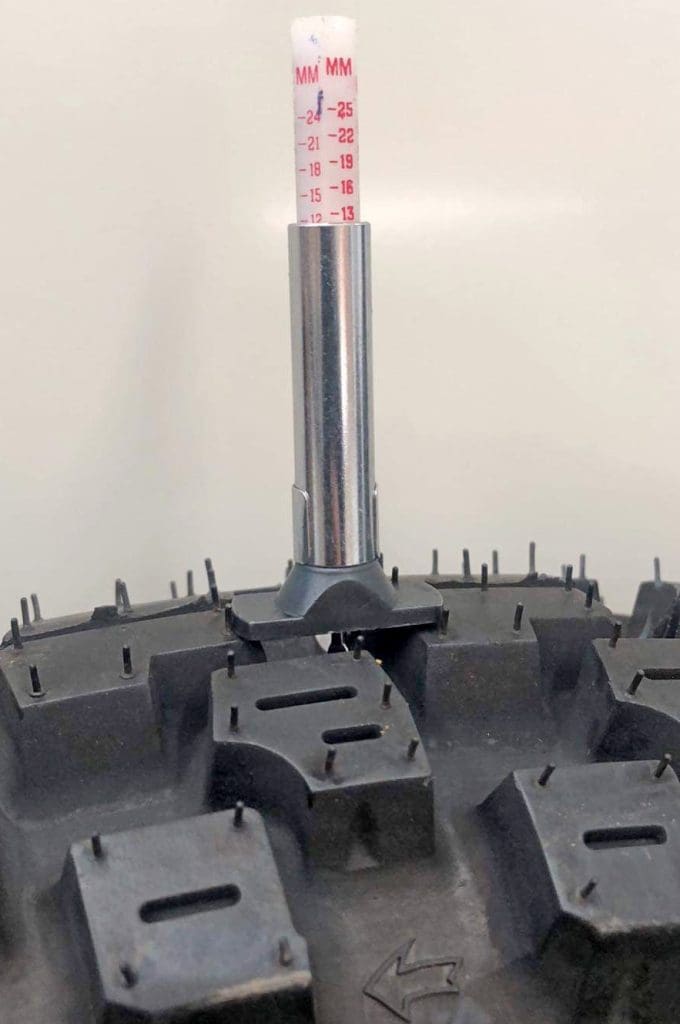
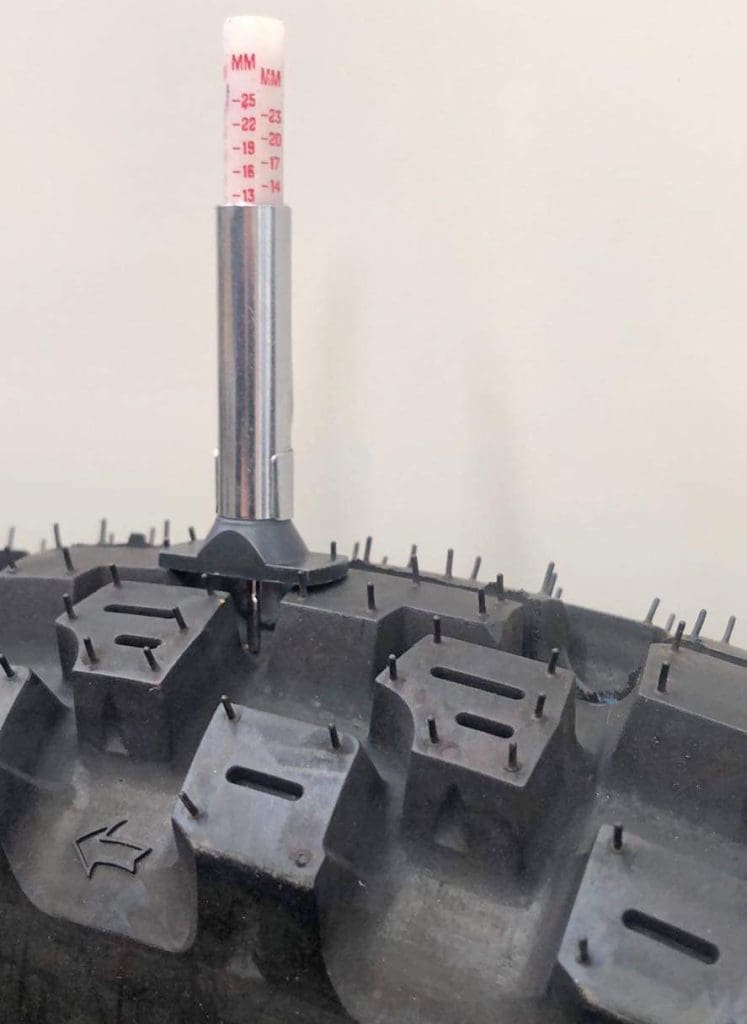
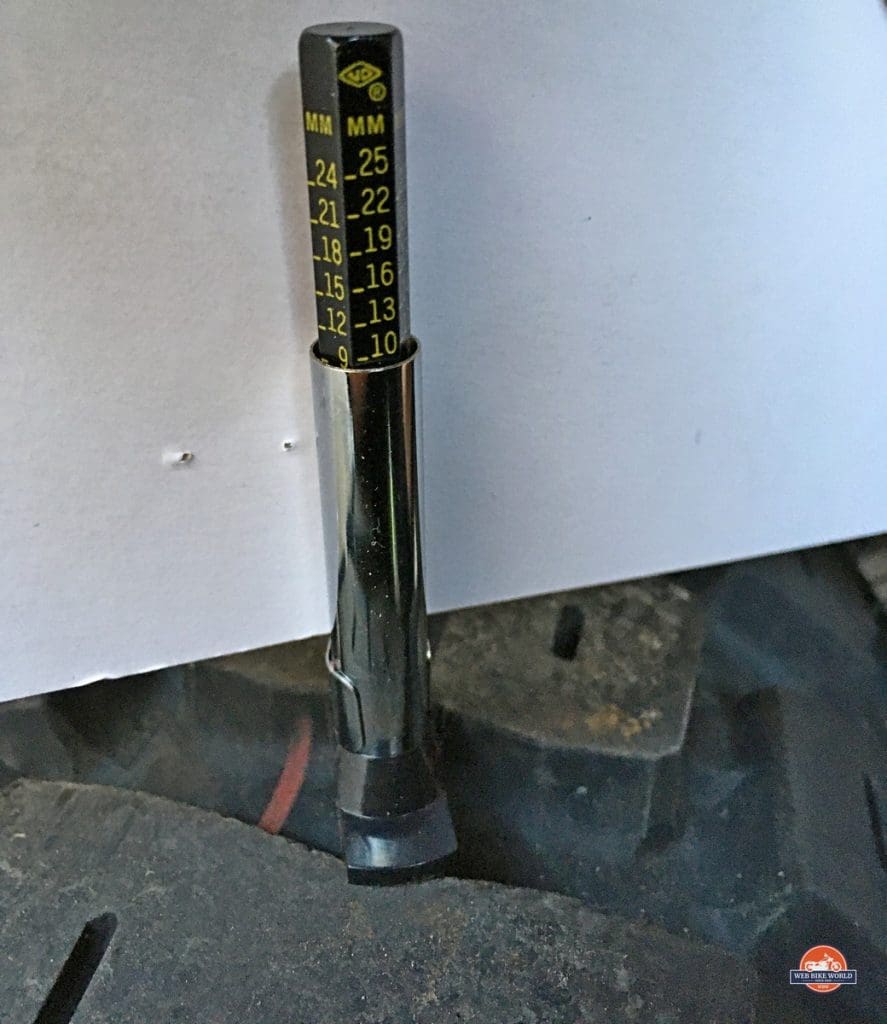
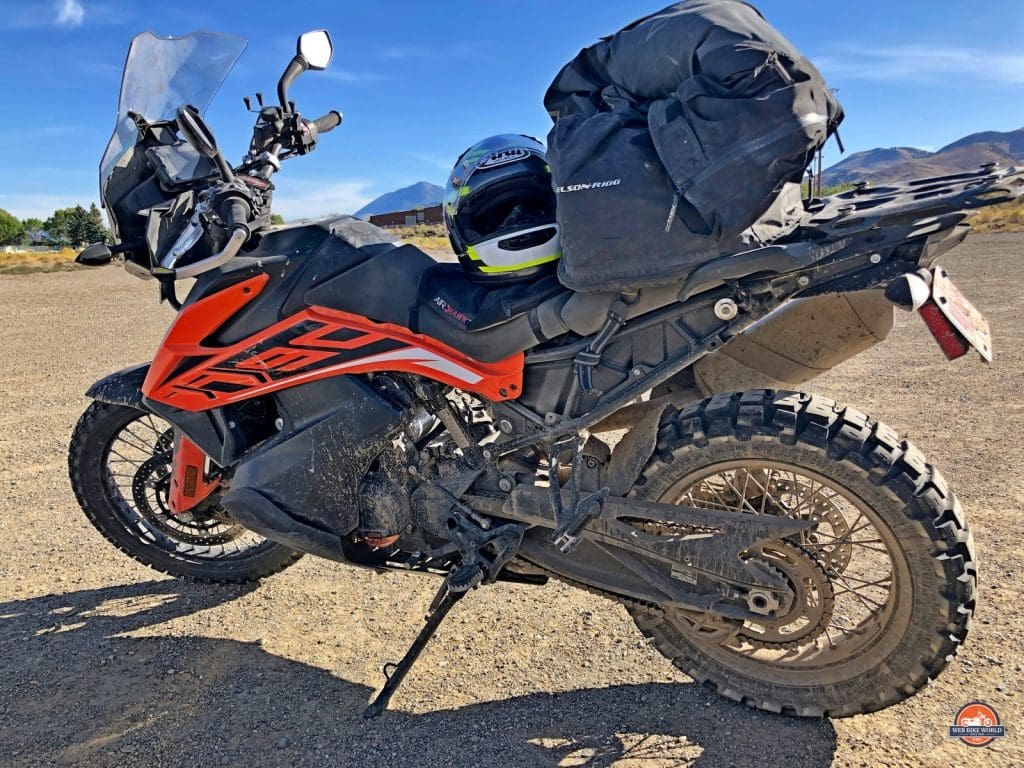
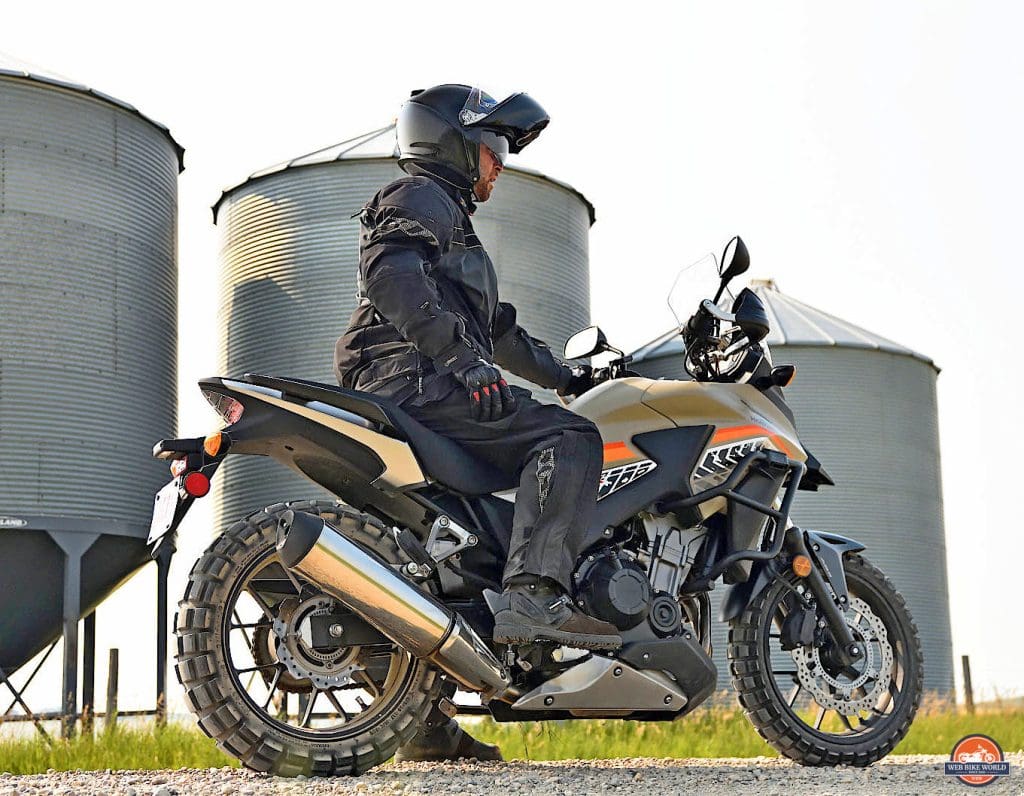
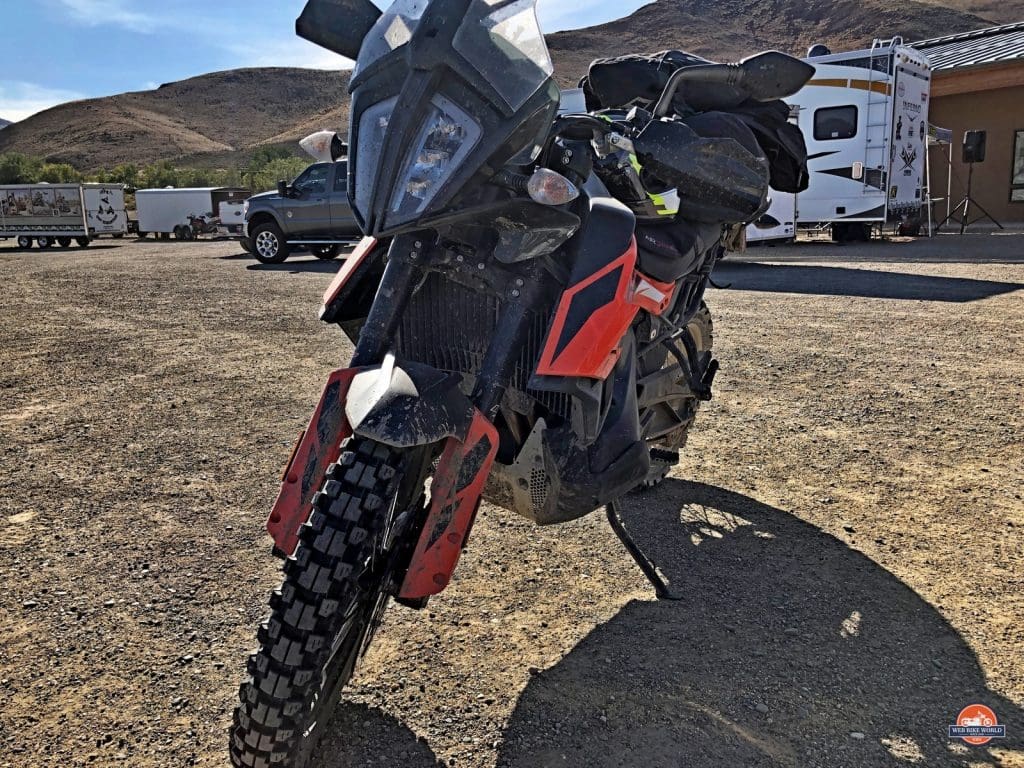
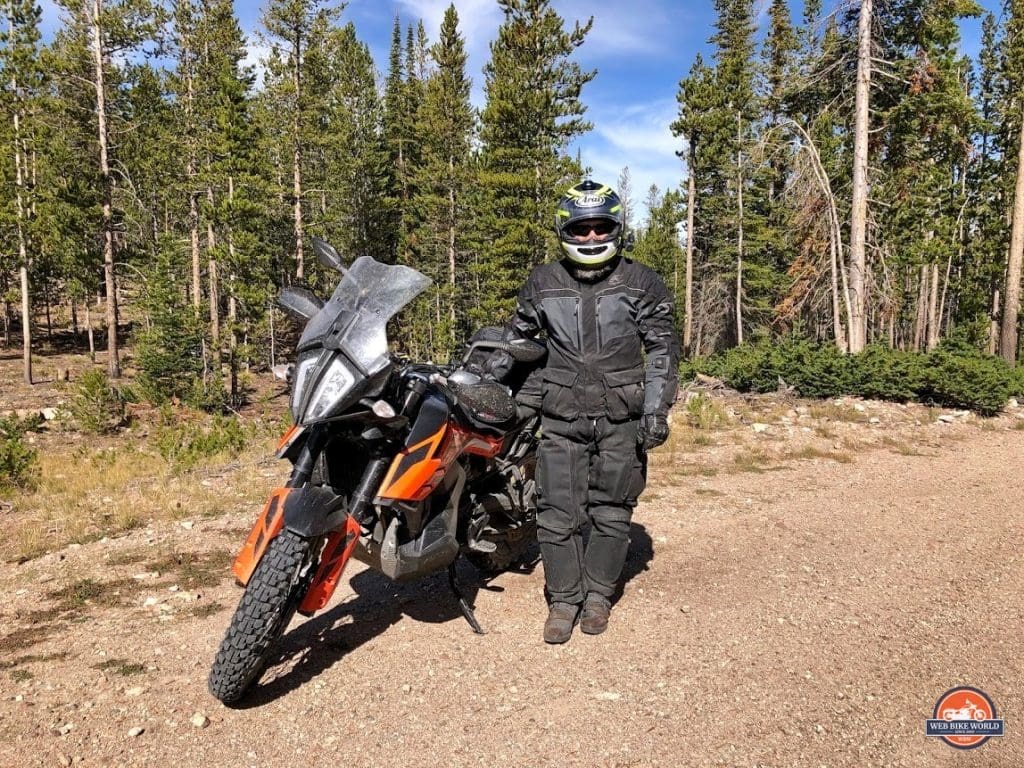
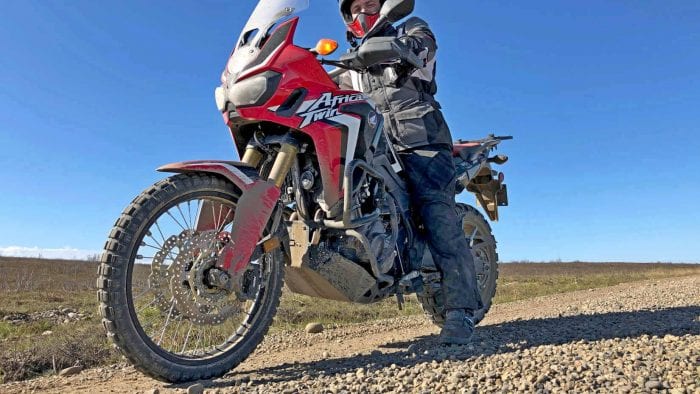
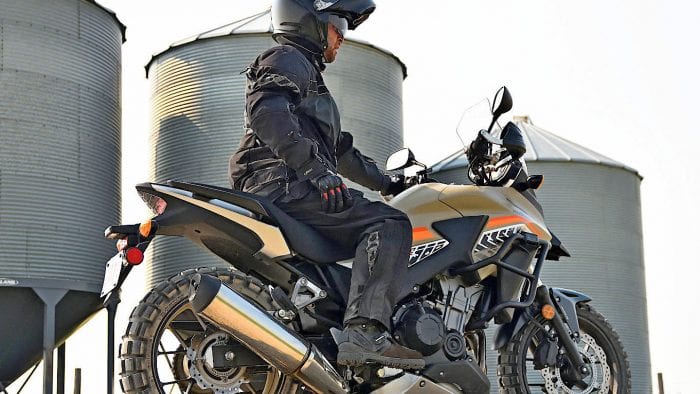
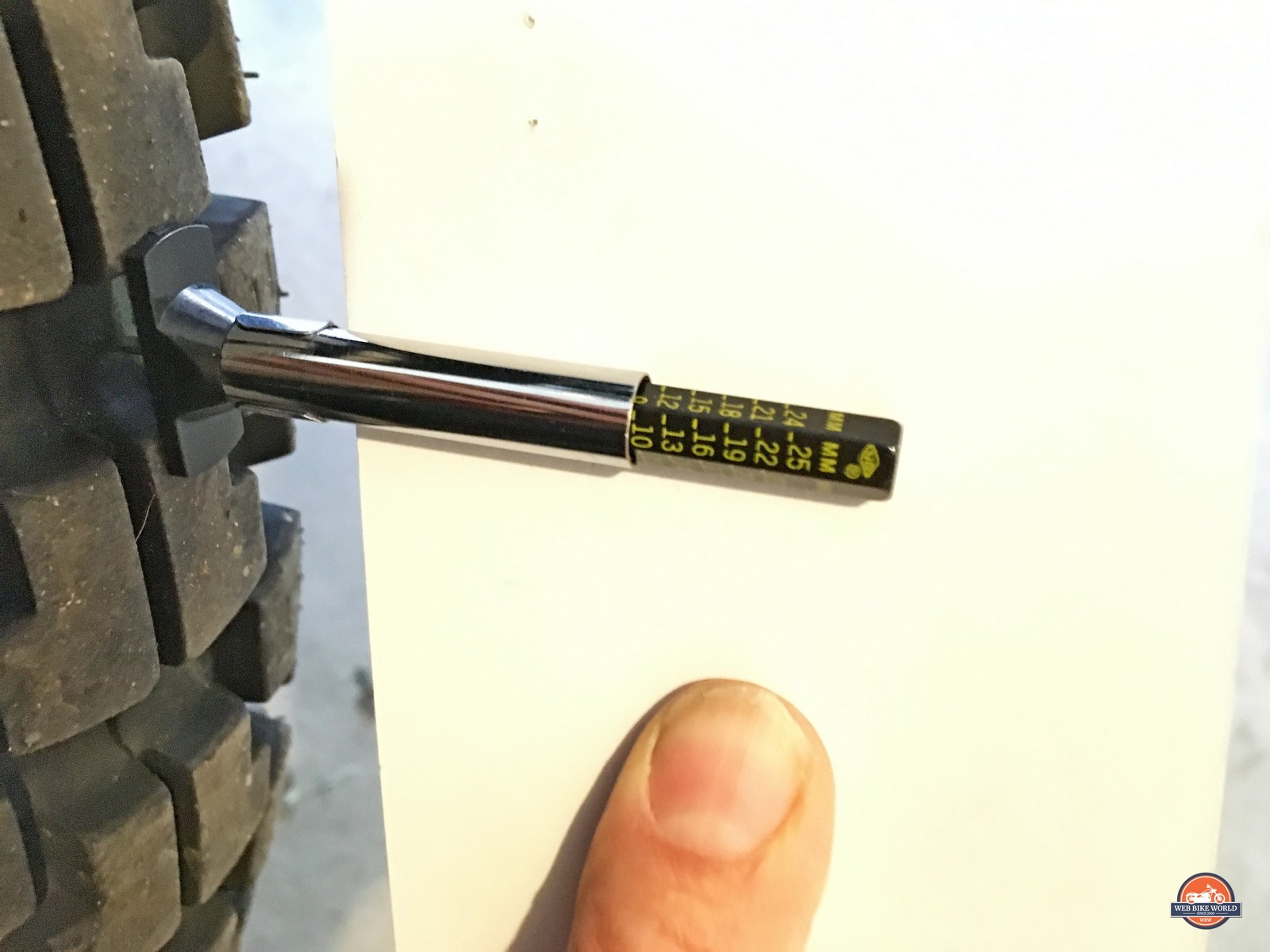
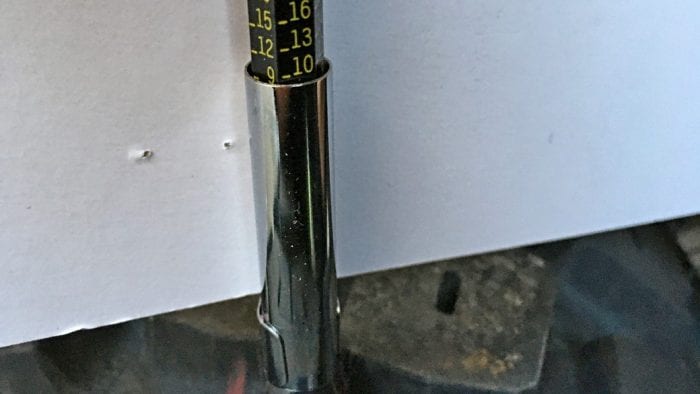
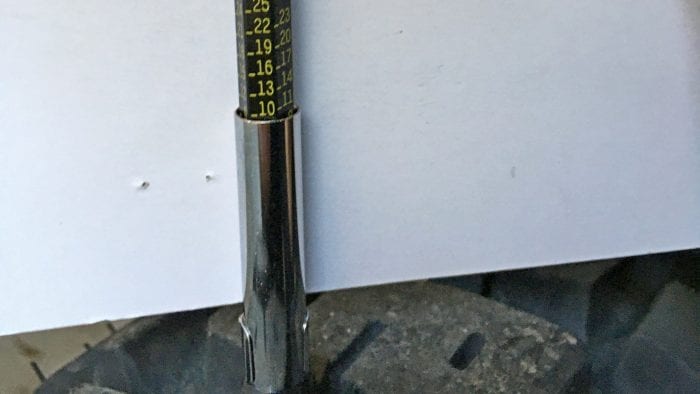
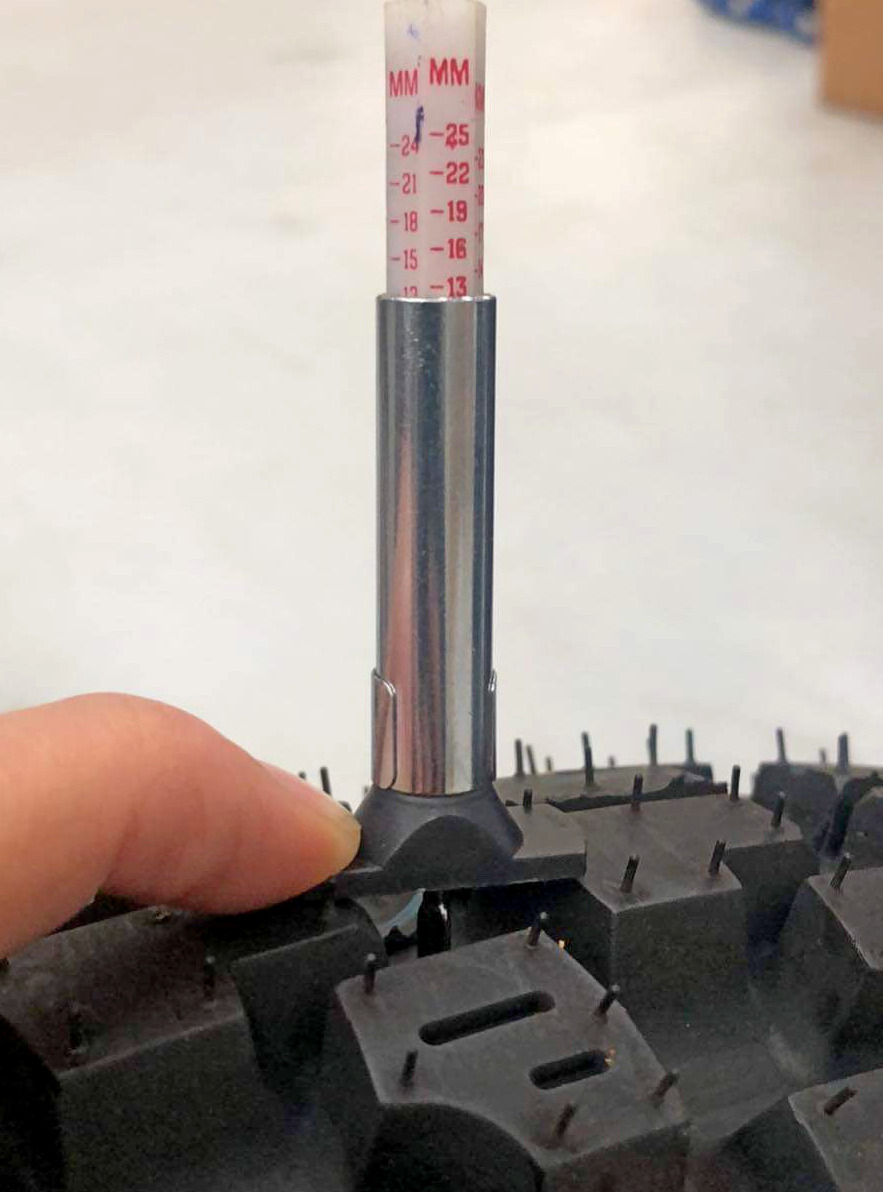
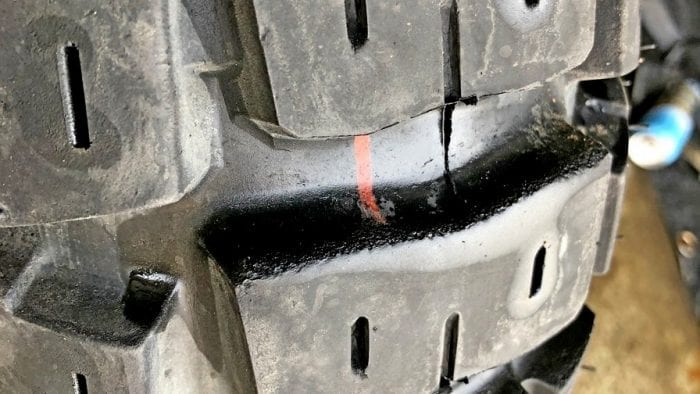
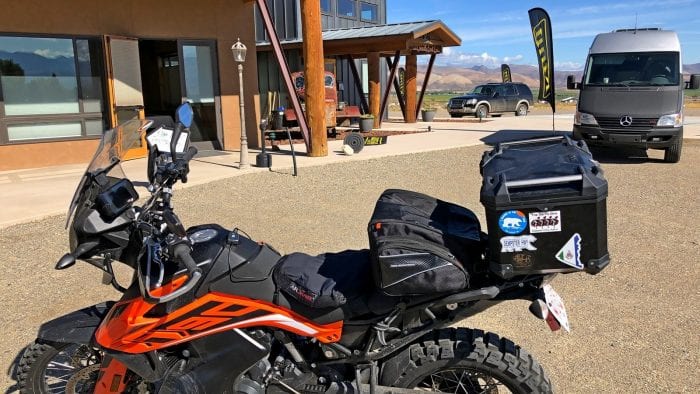
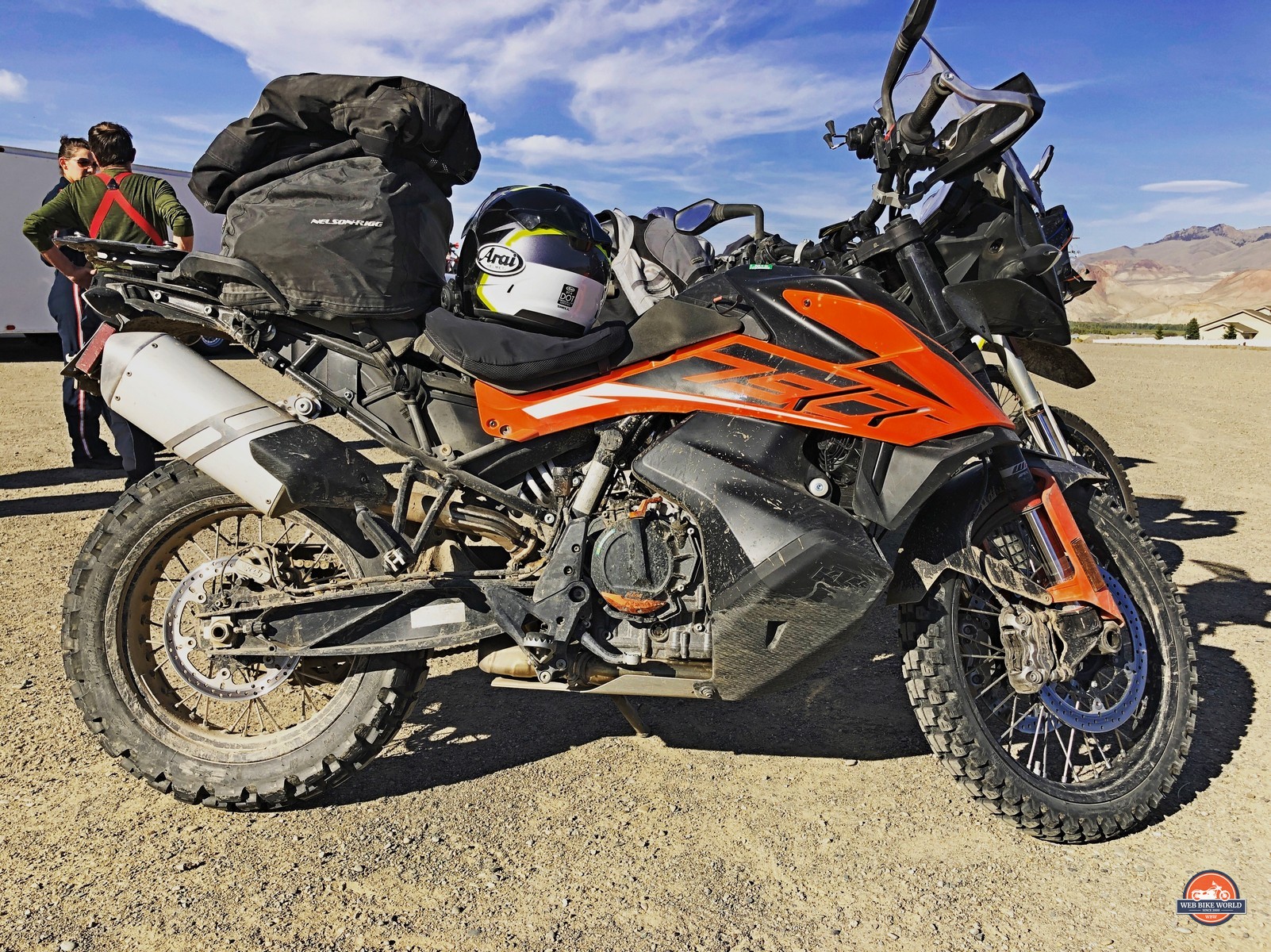
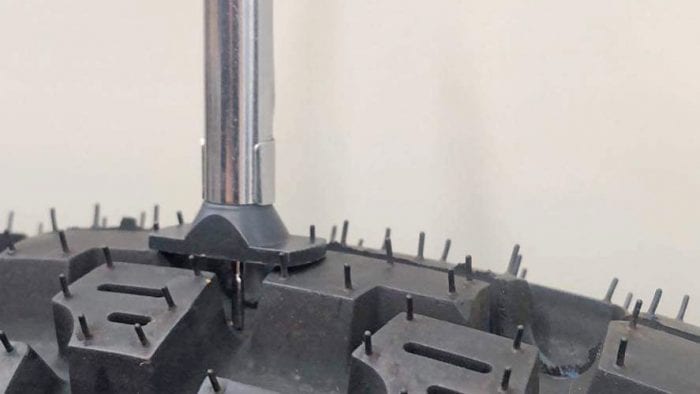
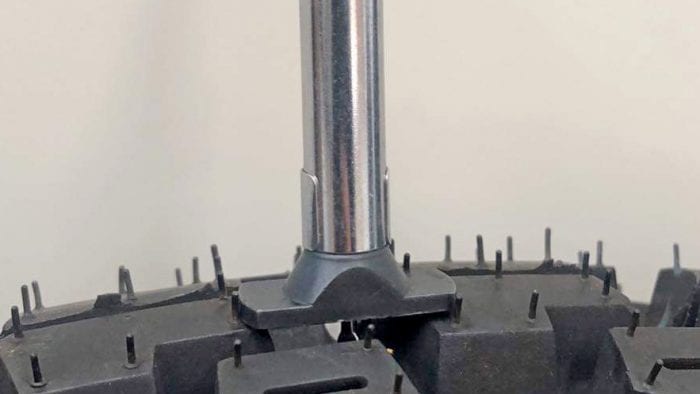
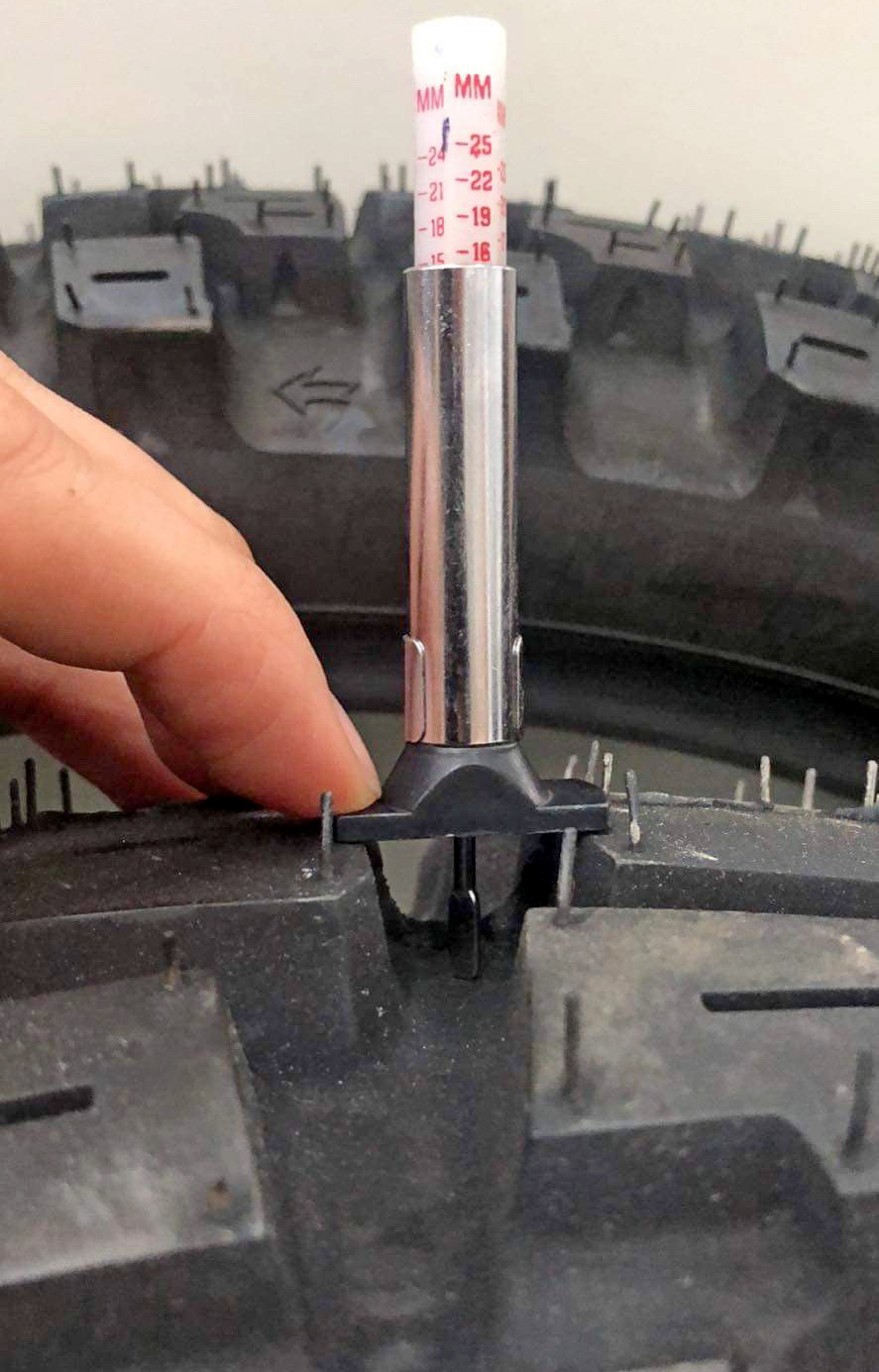
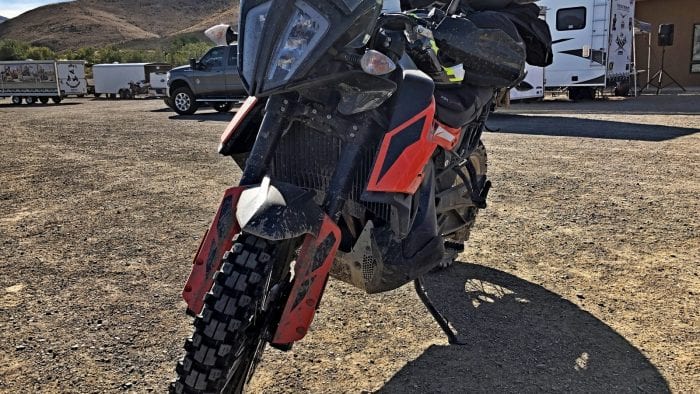
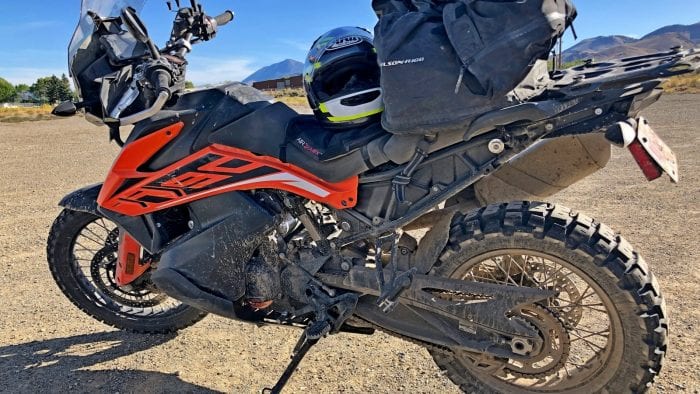
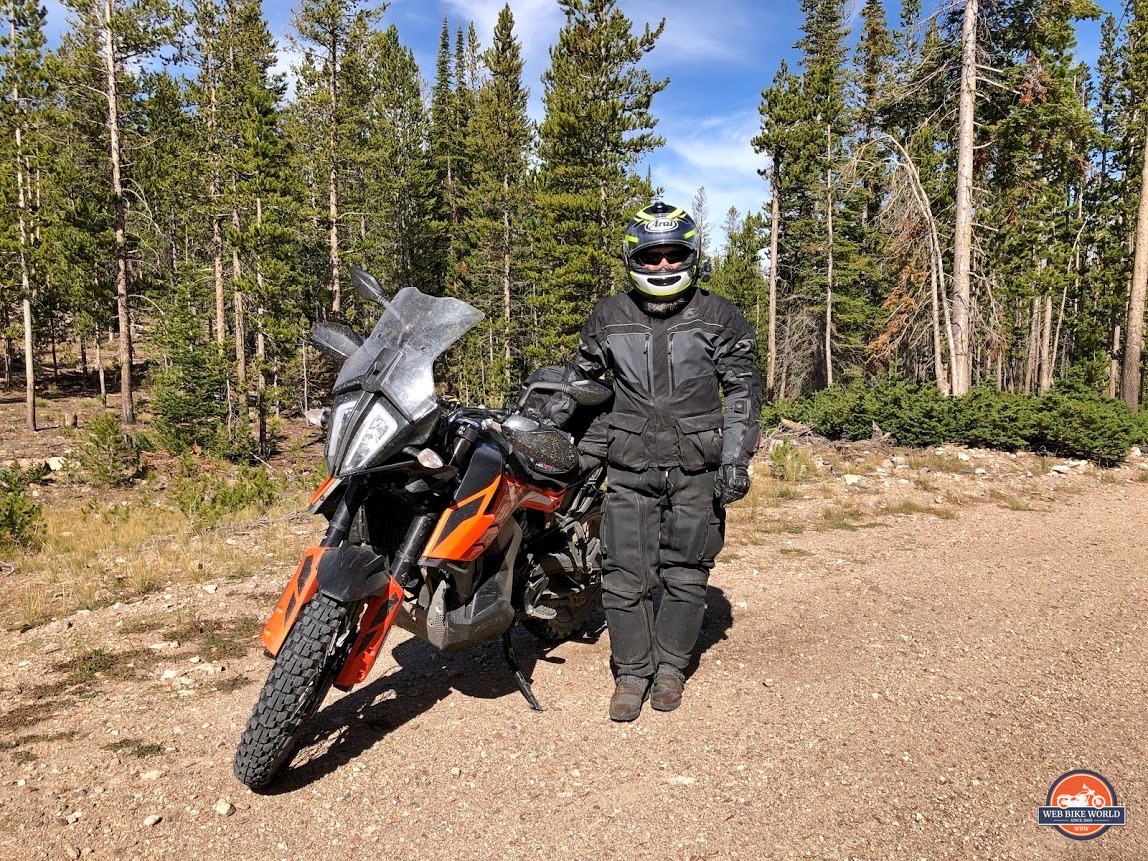
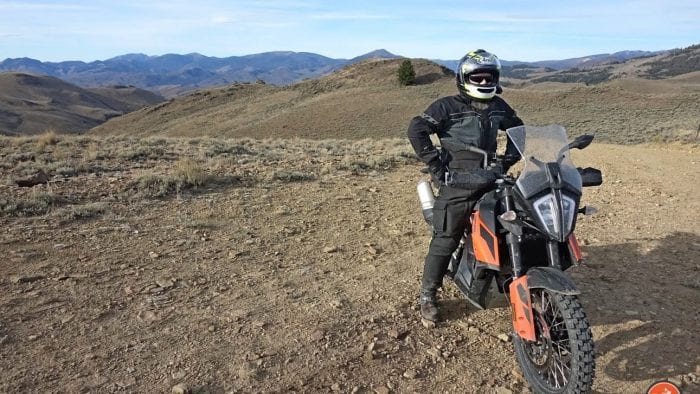
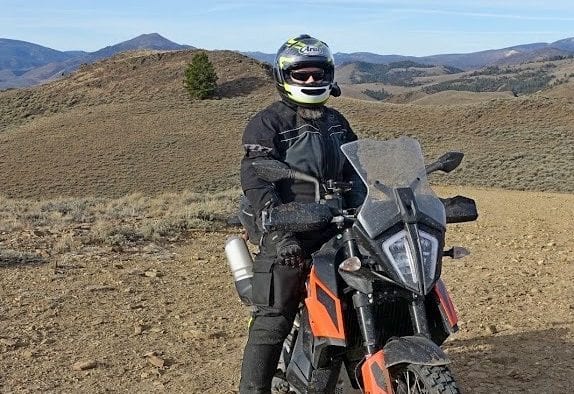
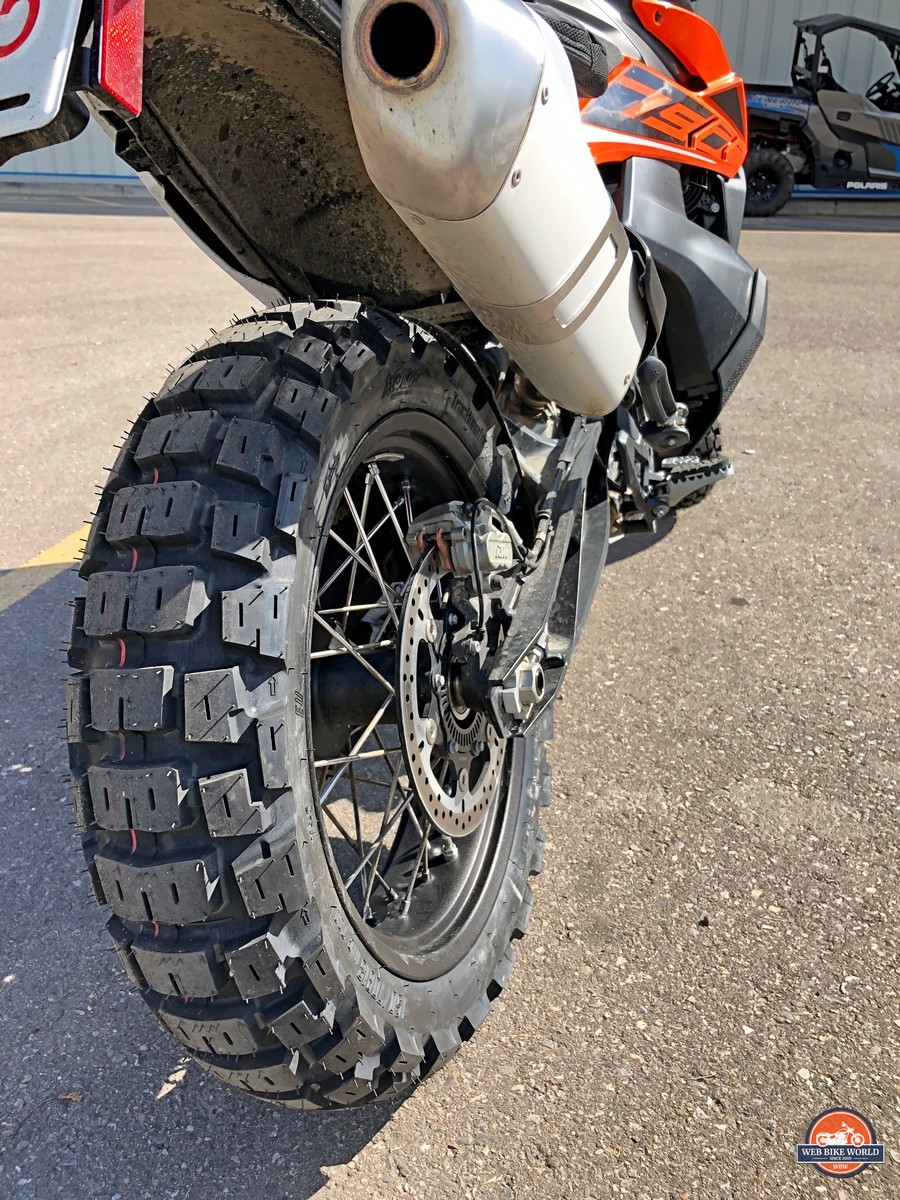
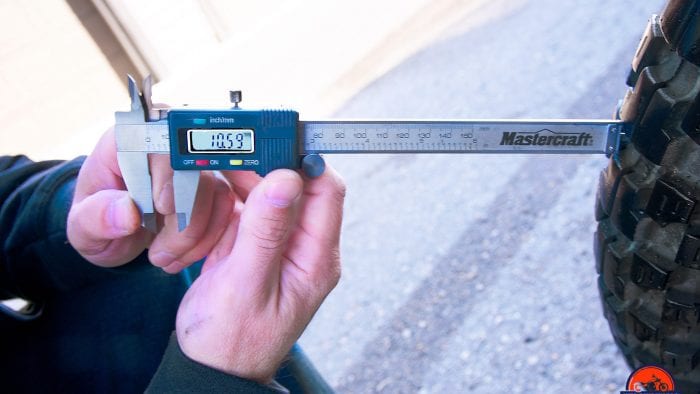
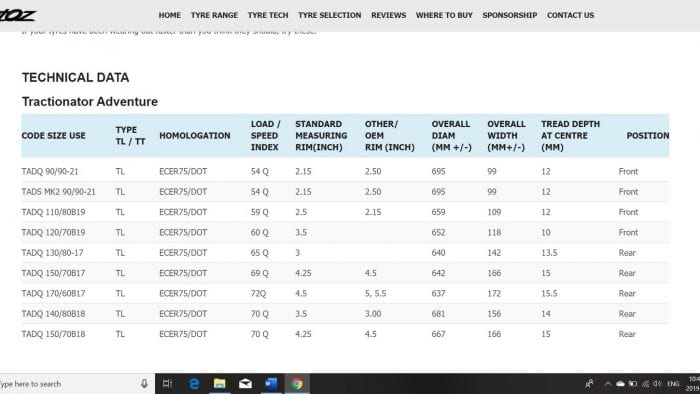
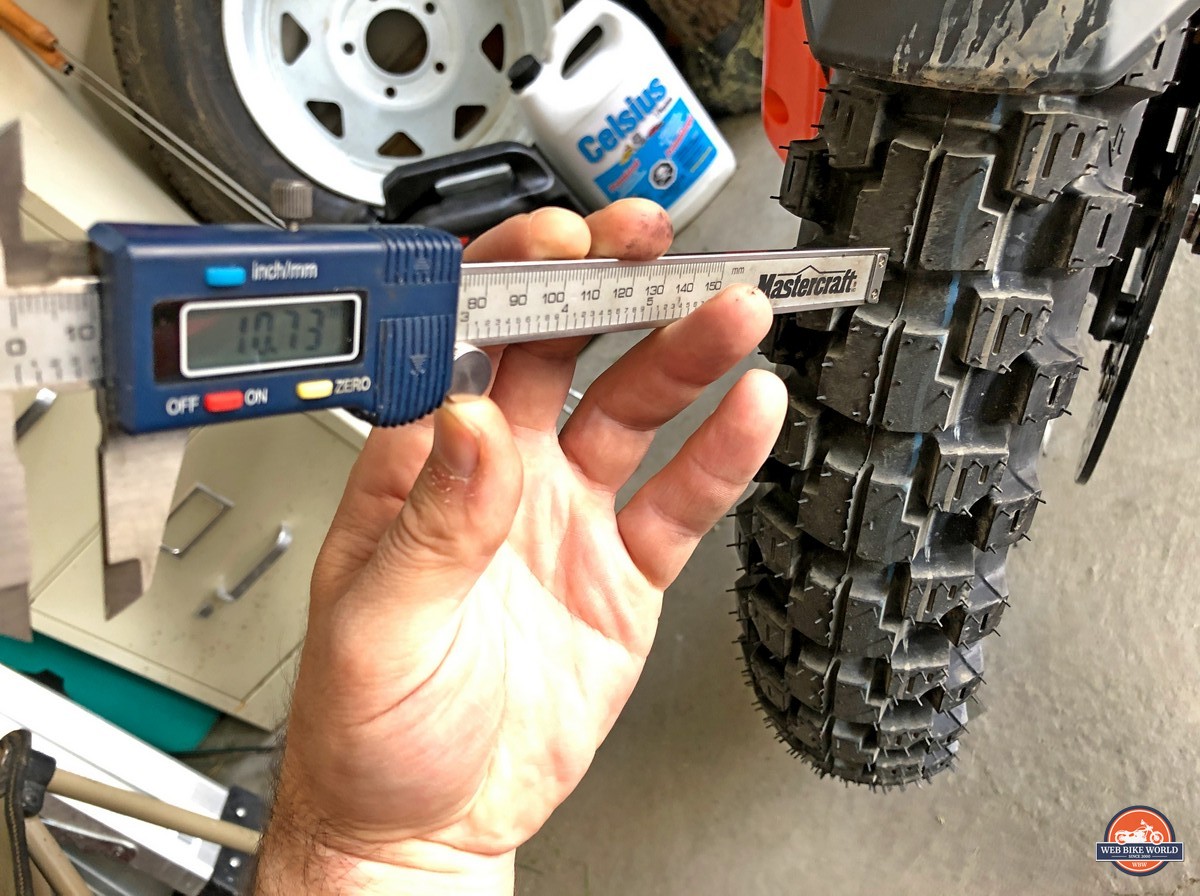
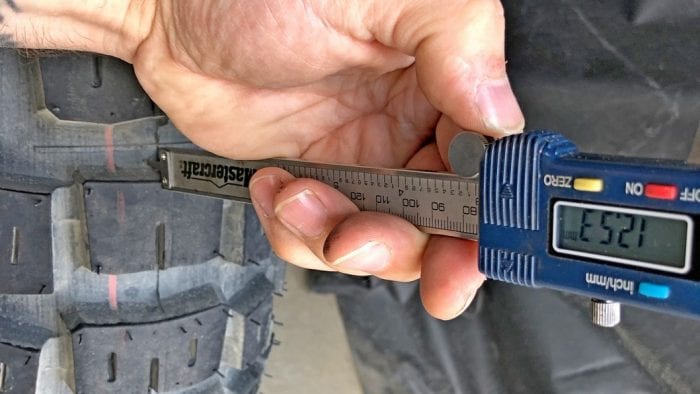
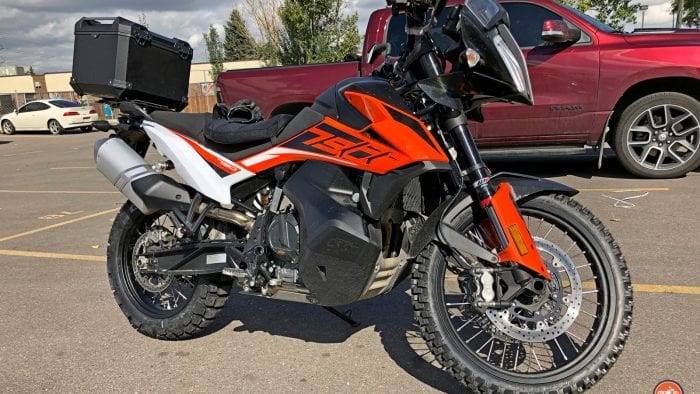
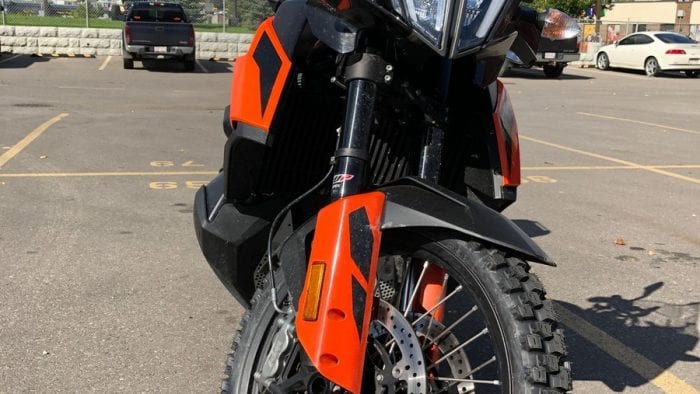
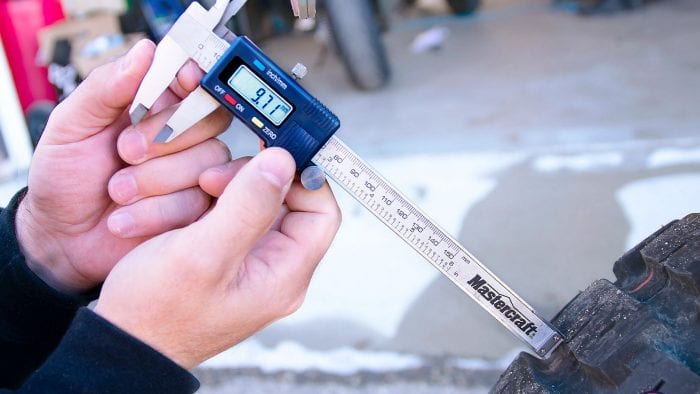
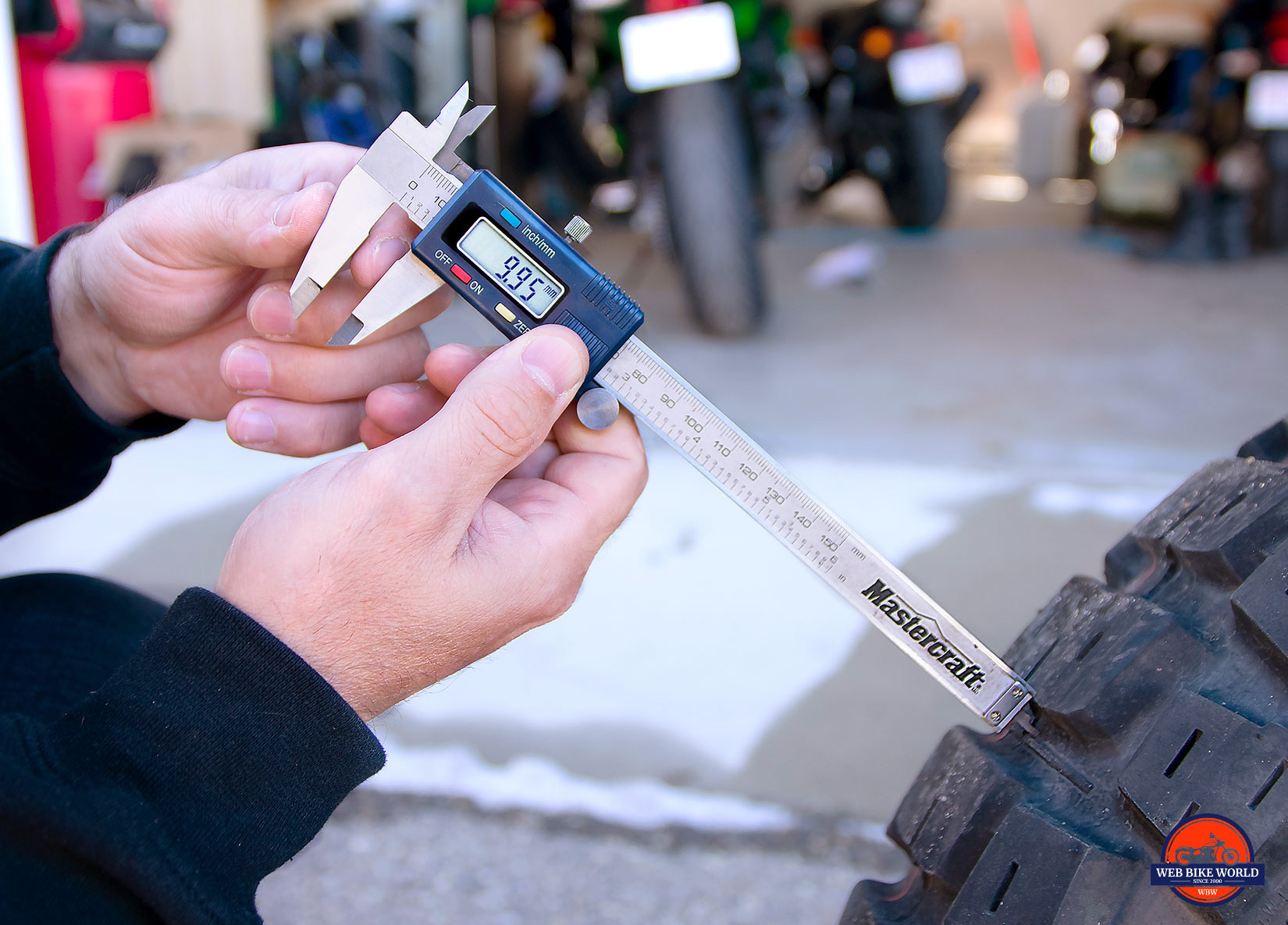
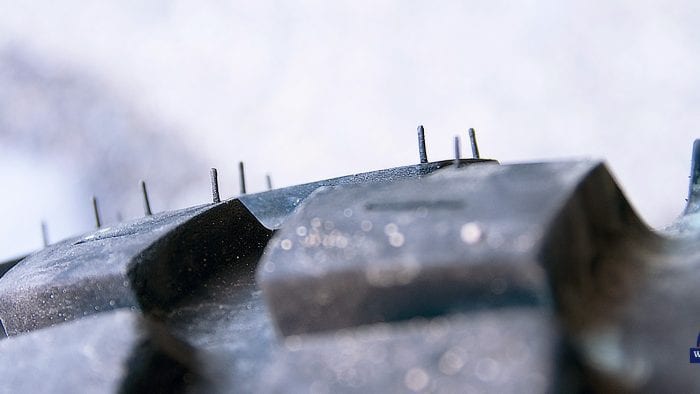
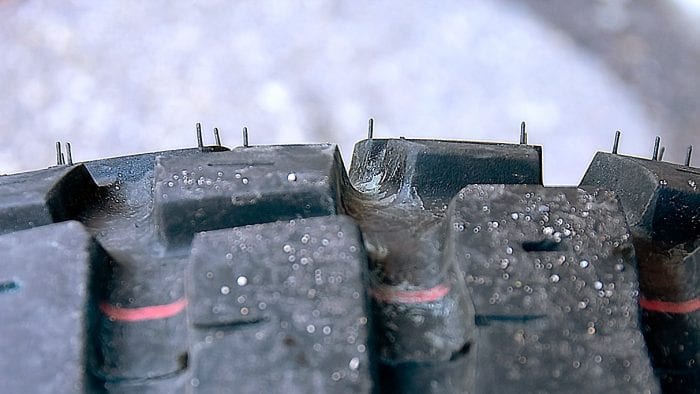
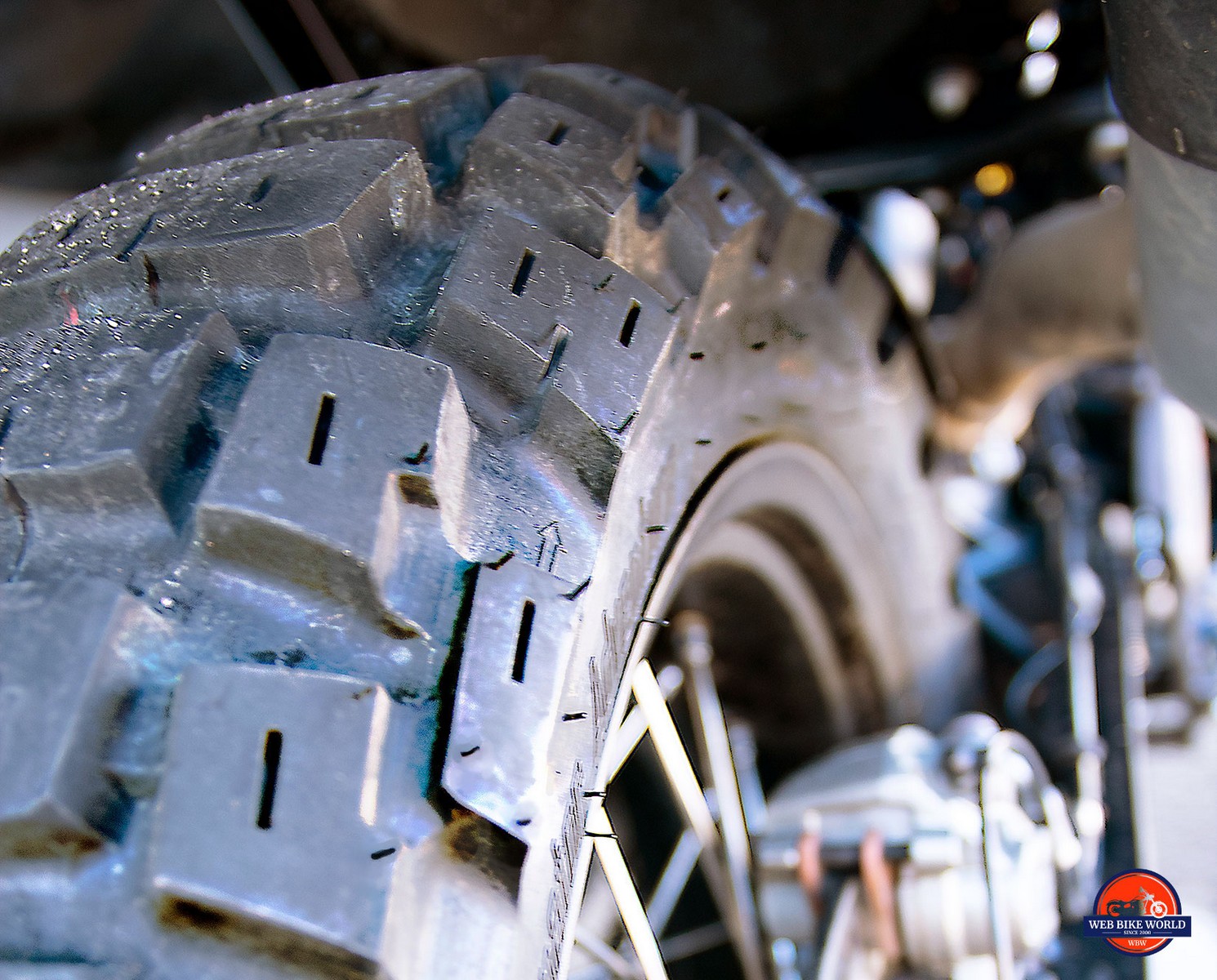

COMMENTS